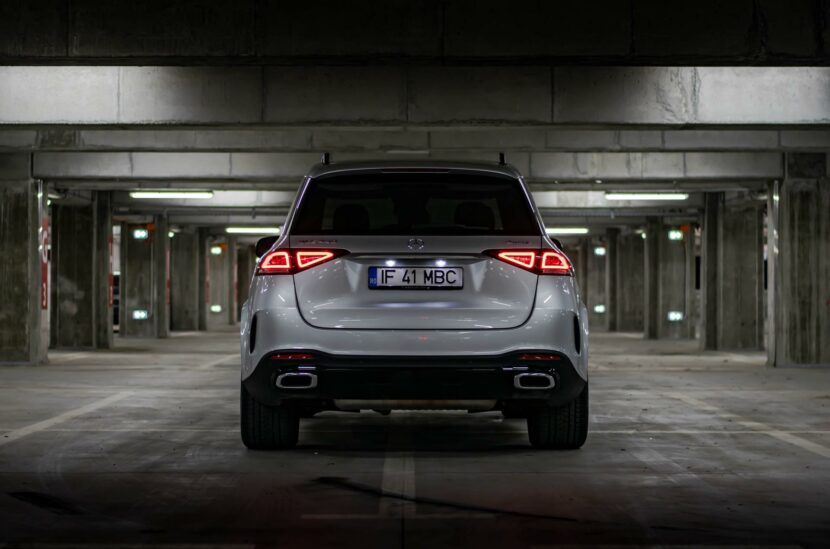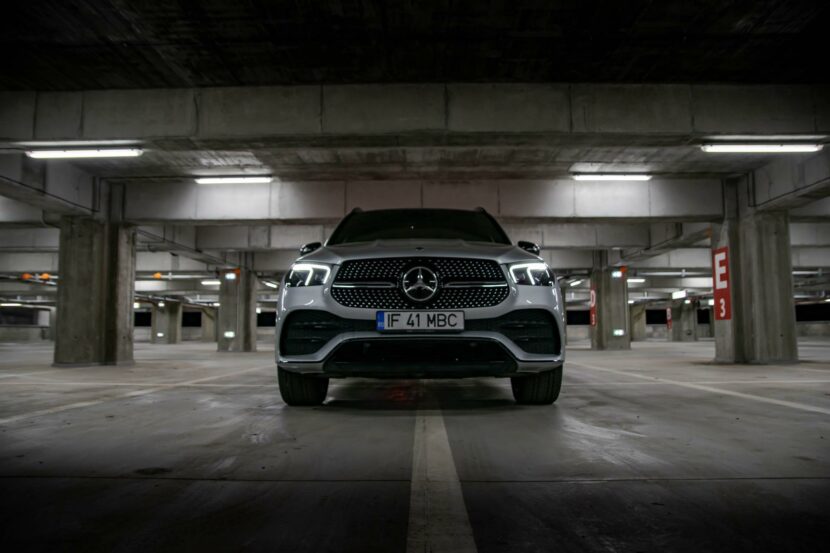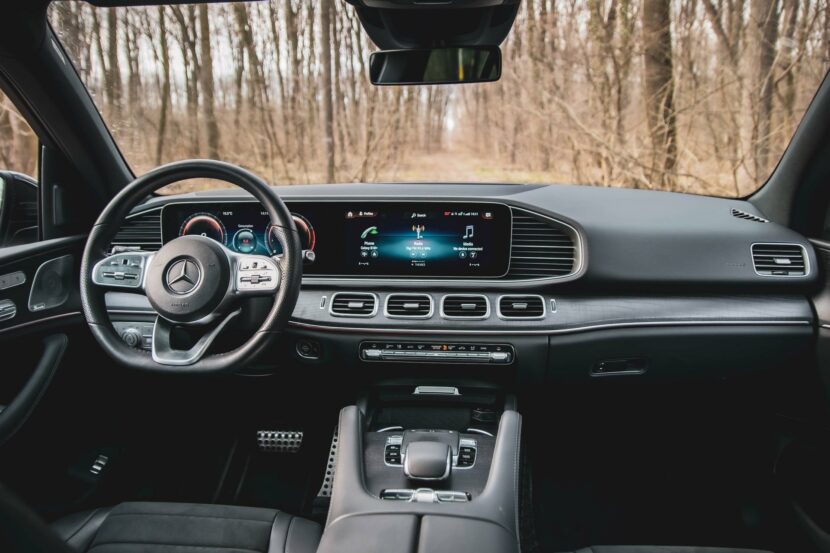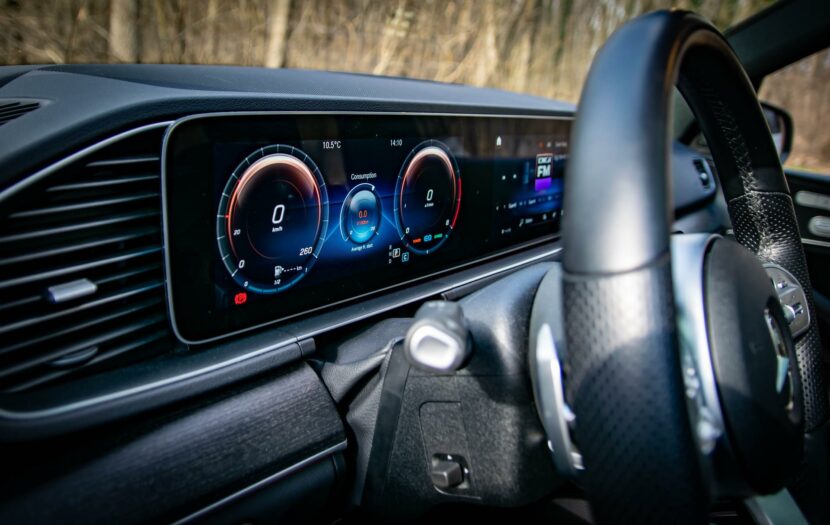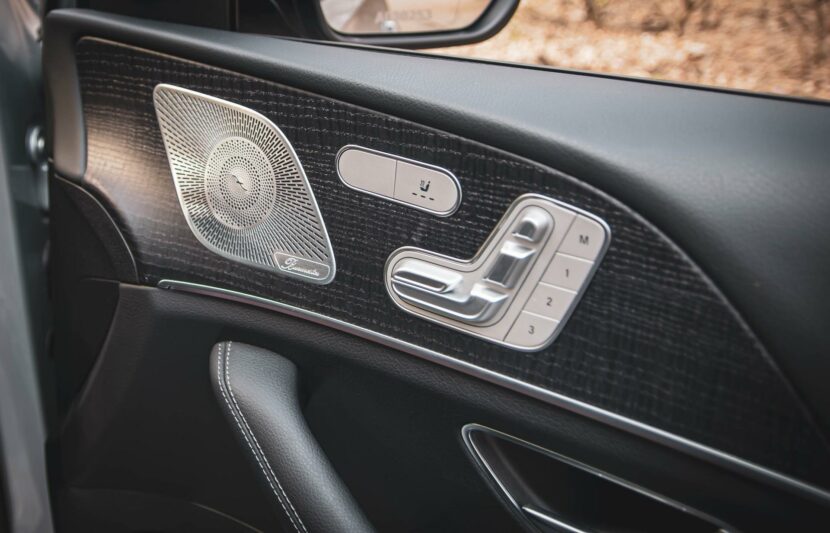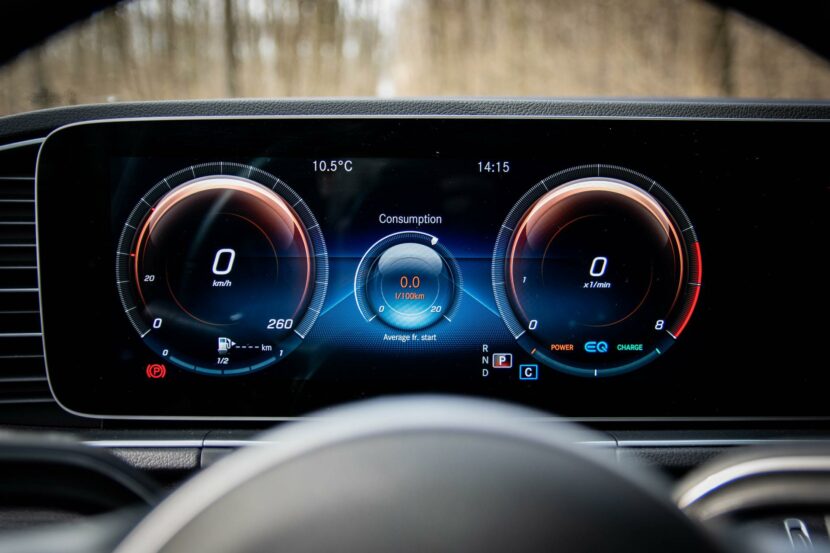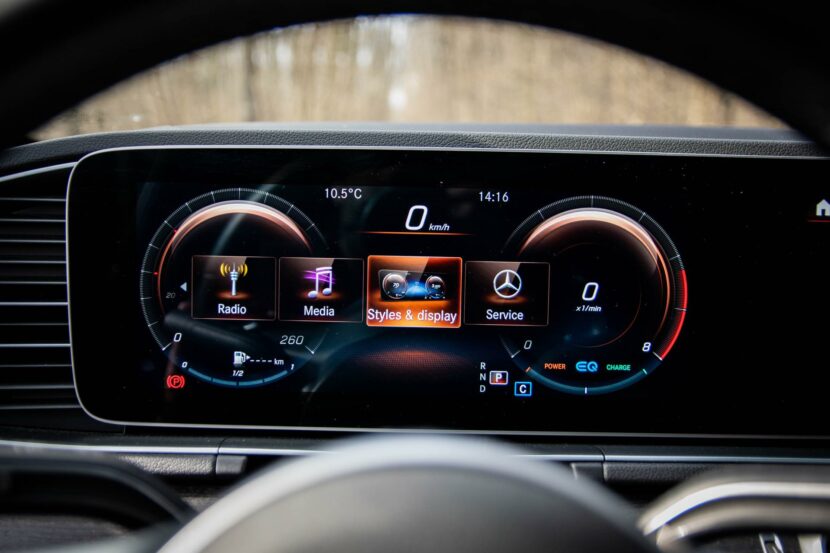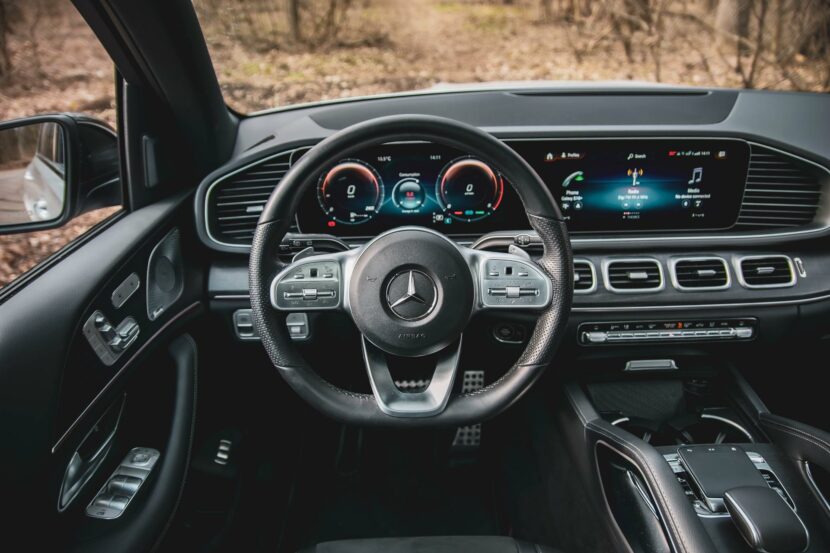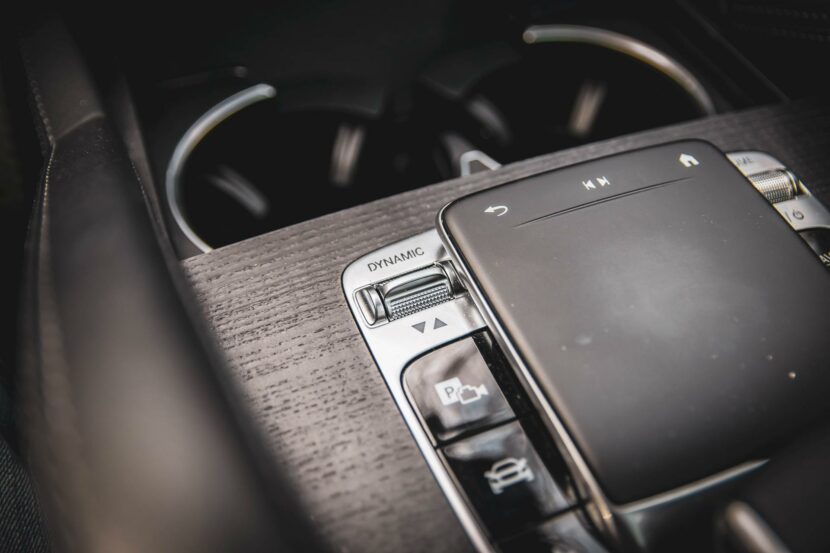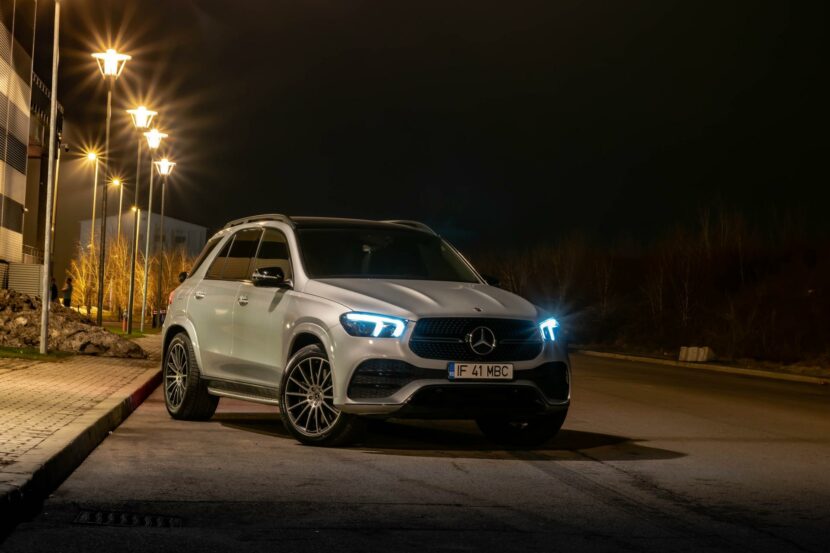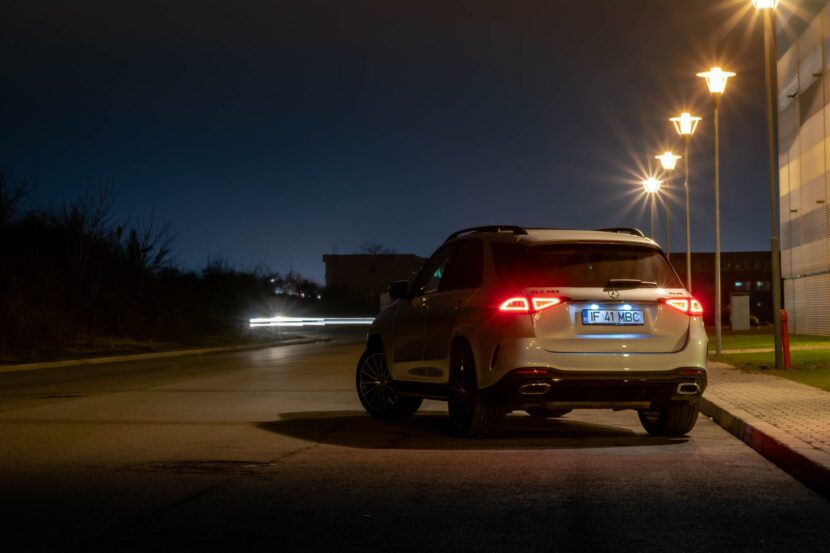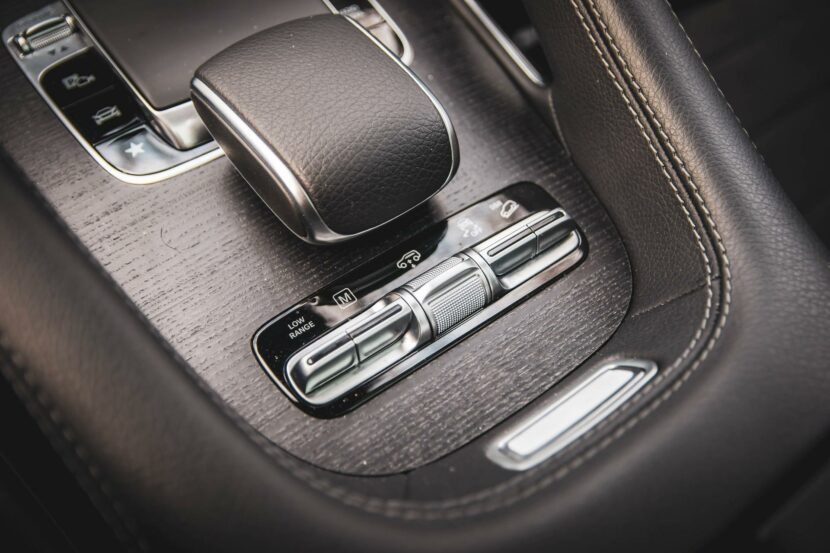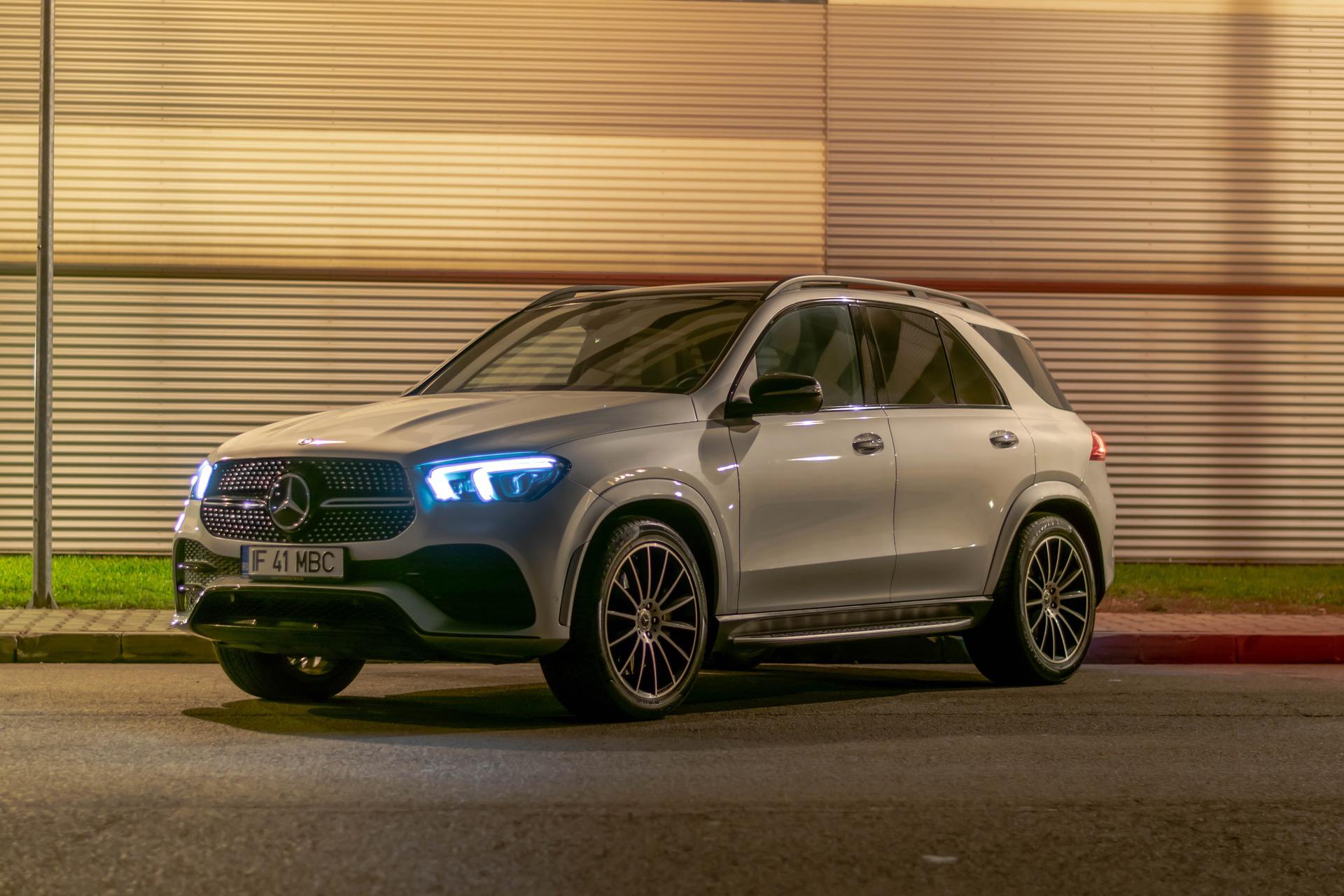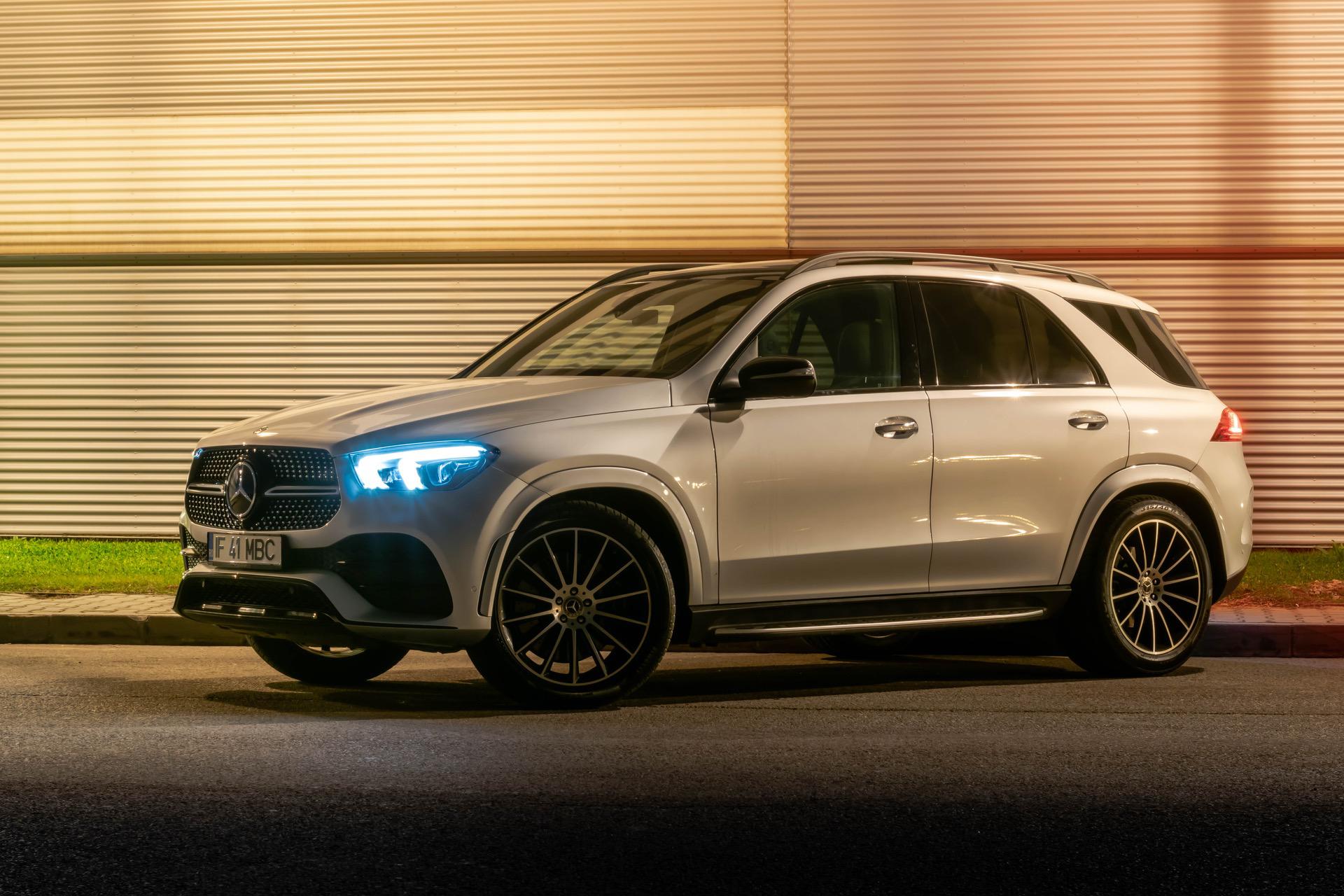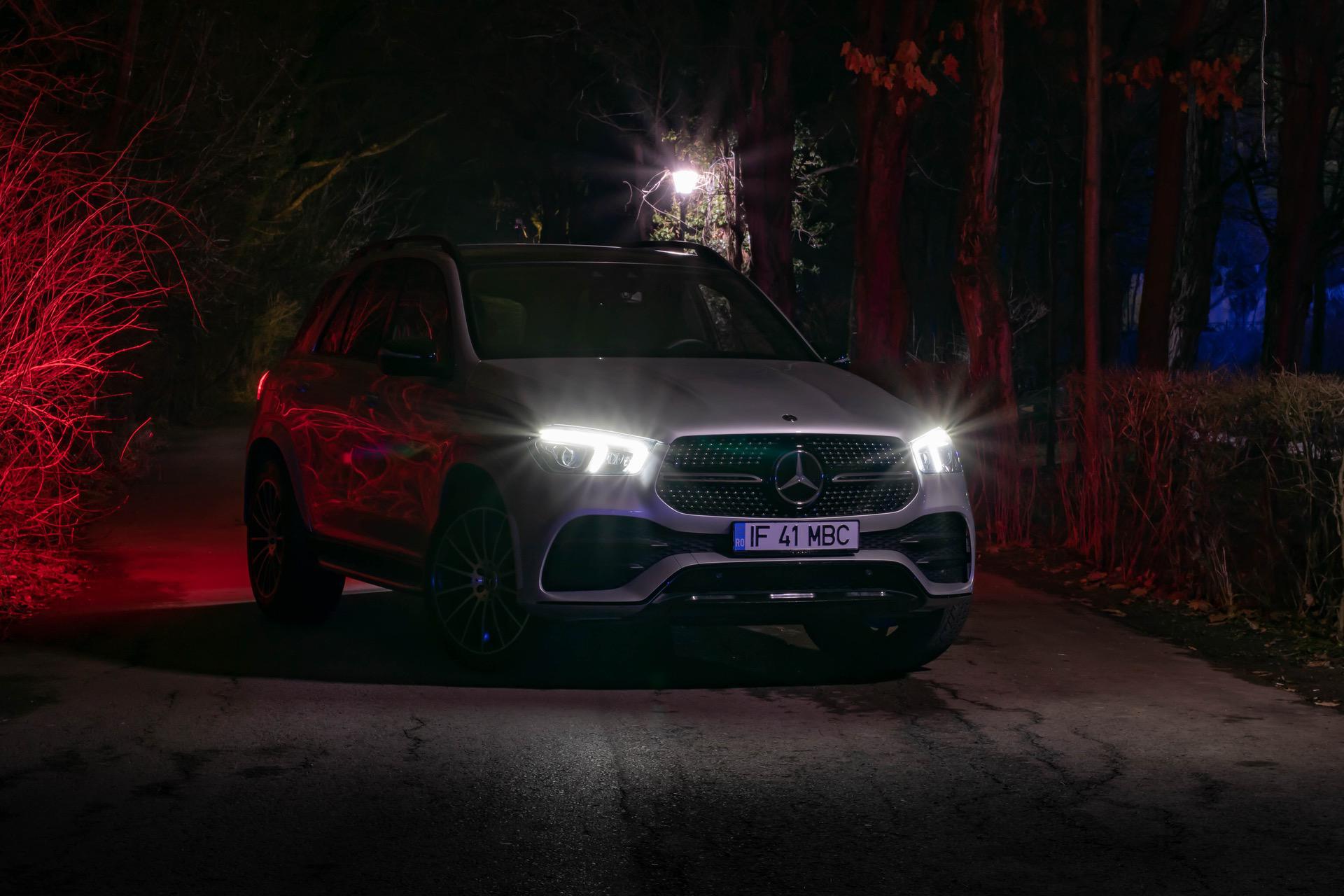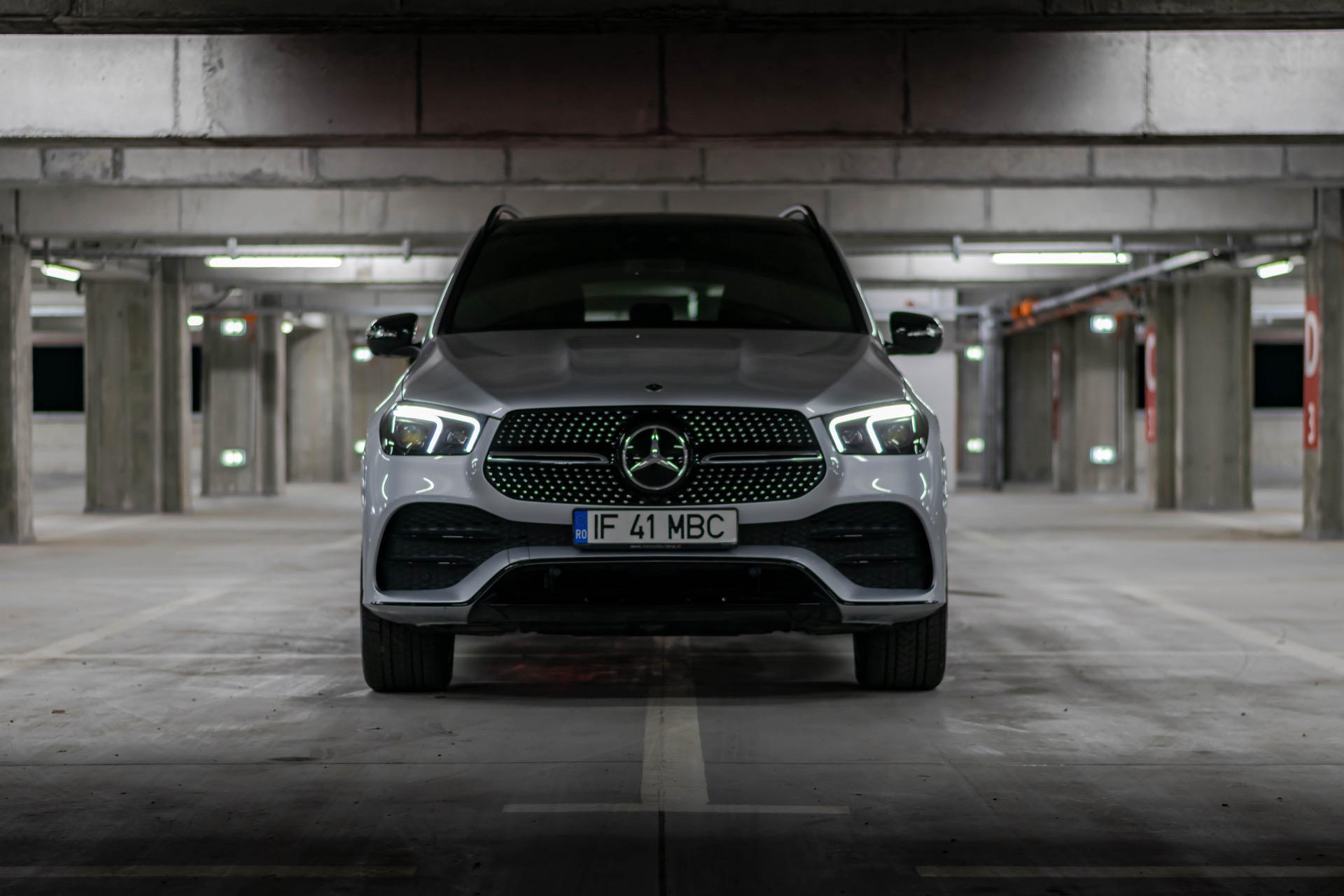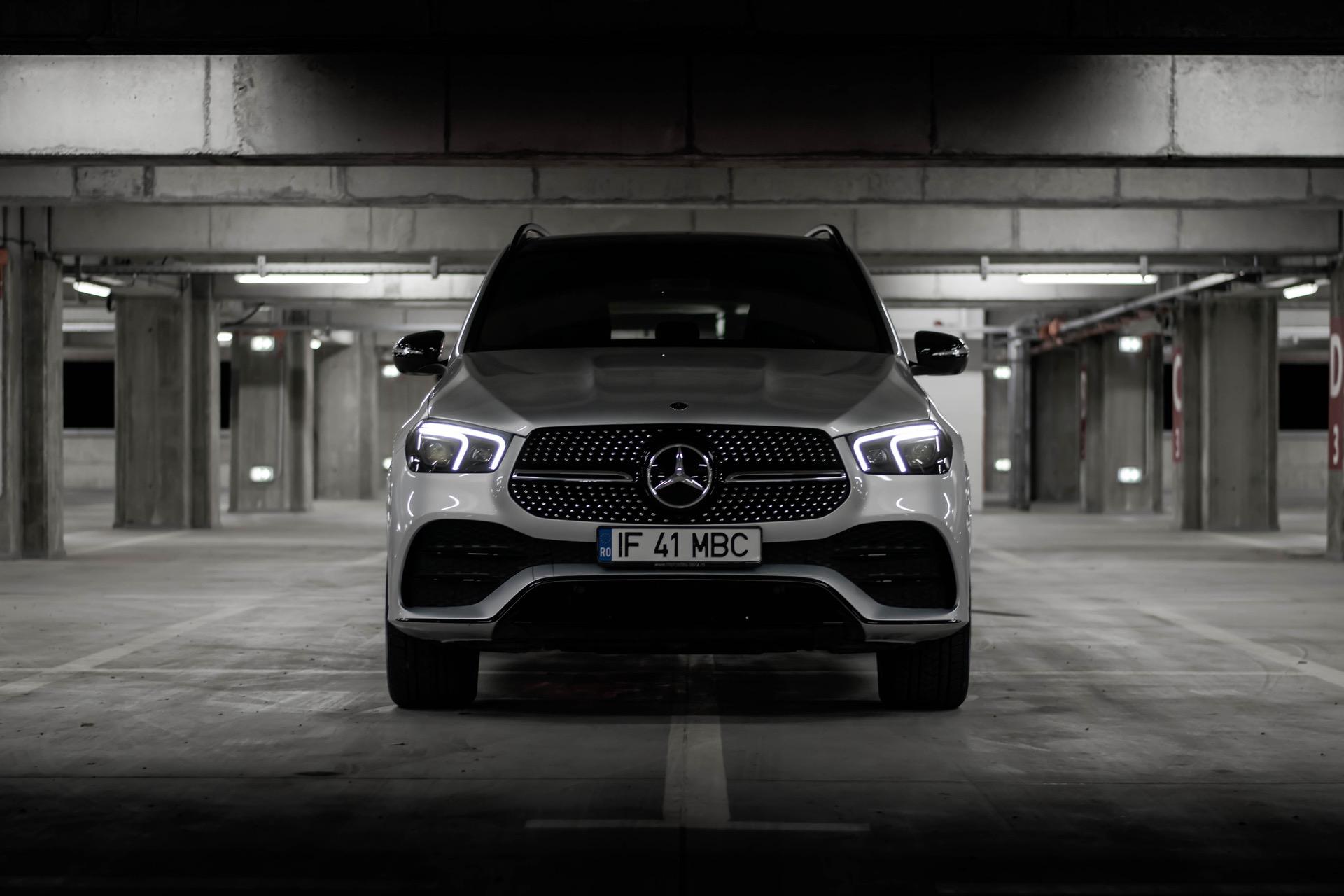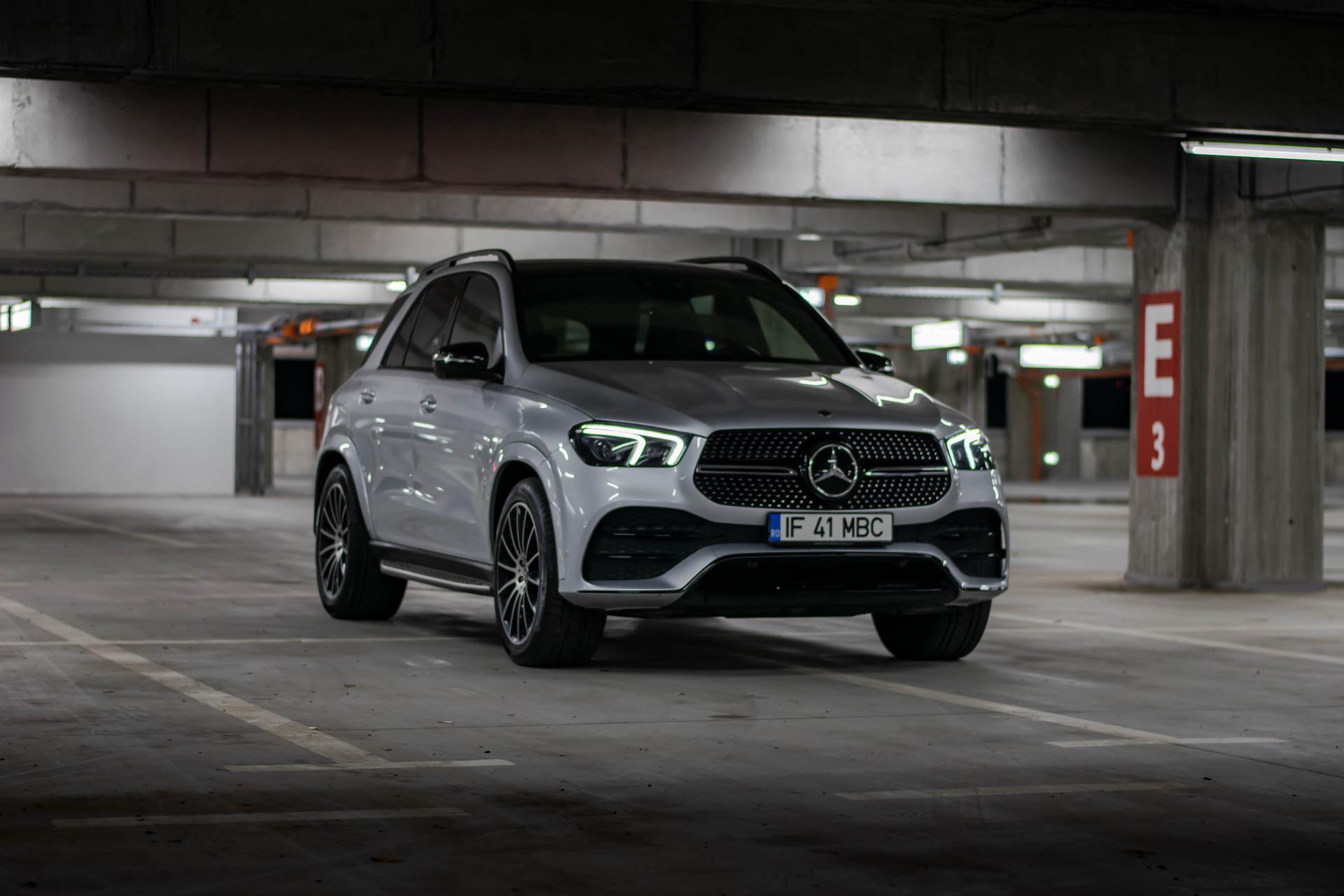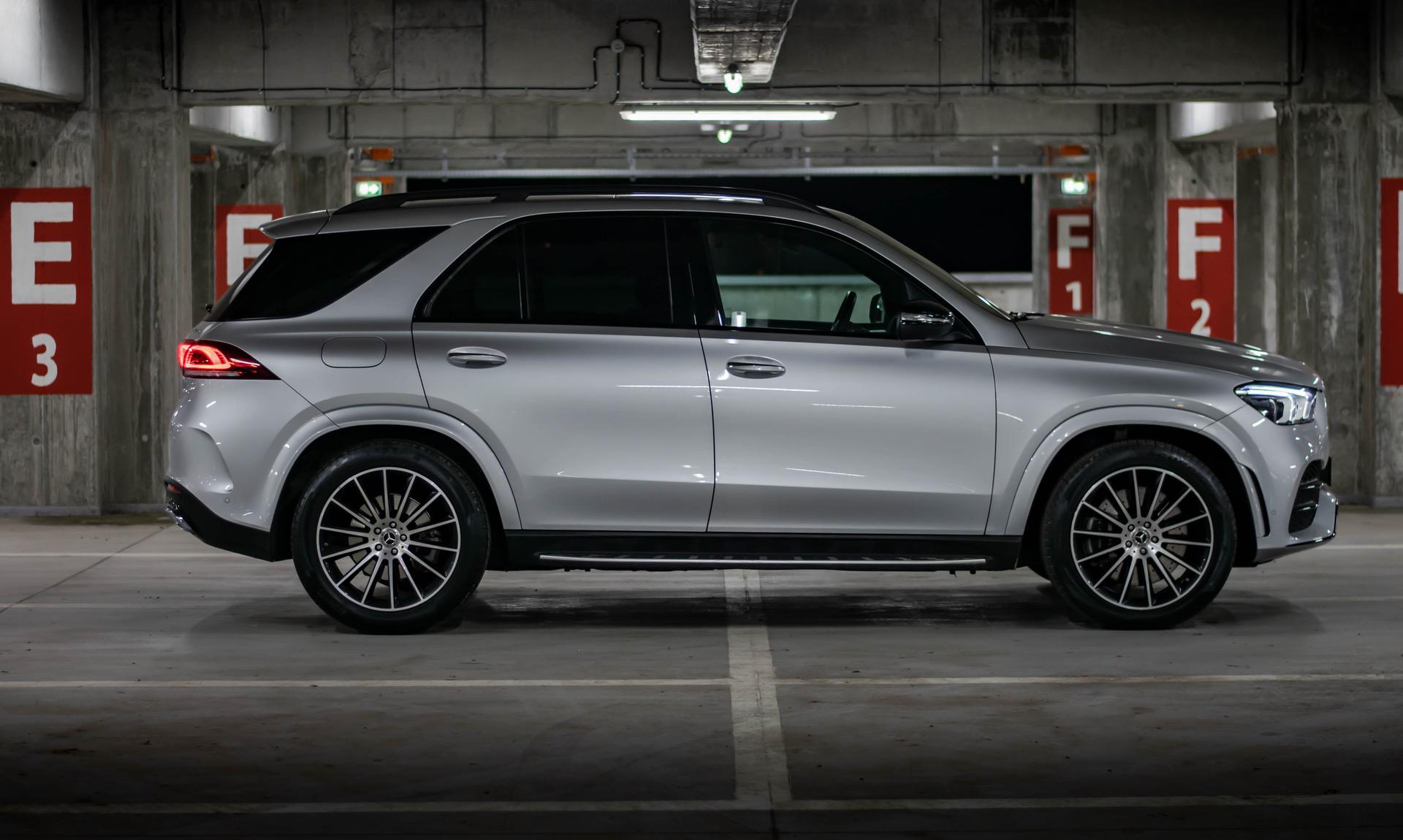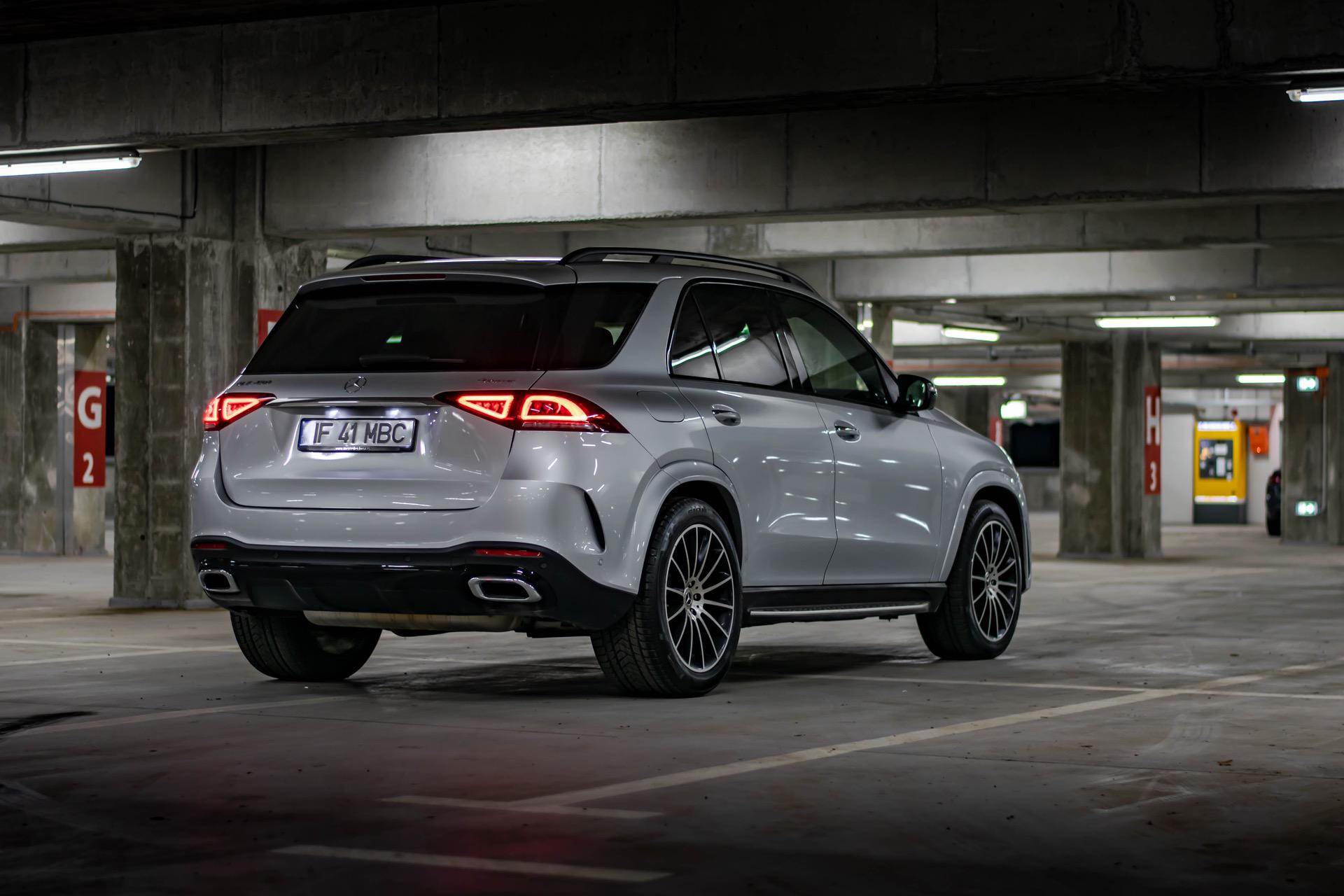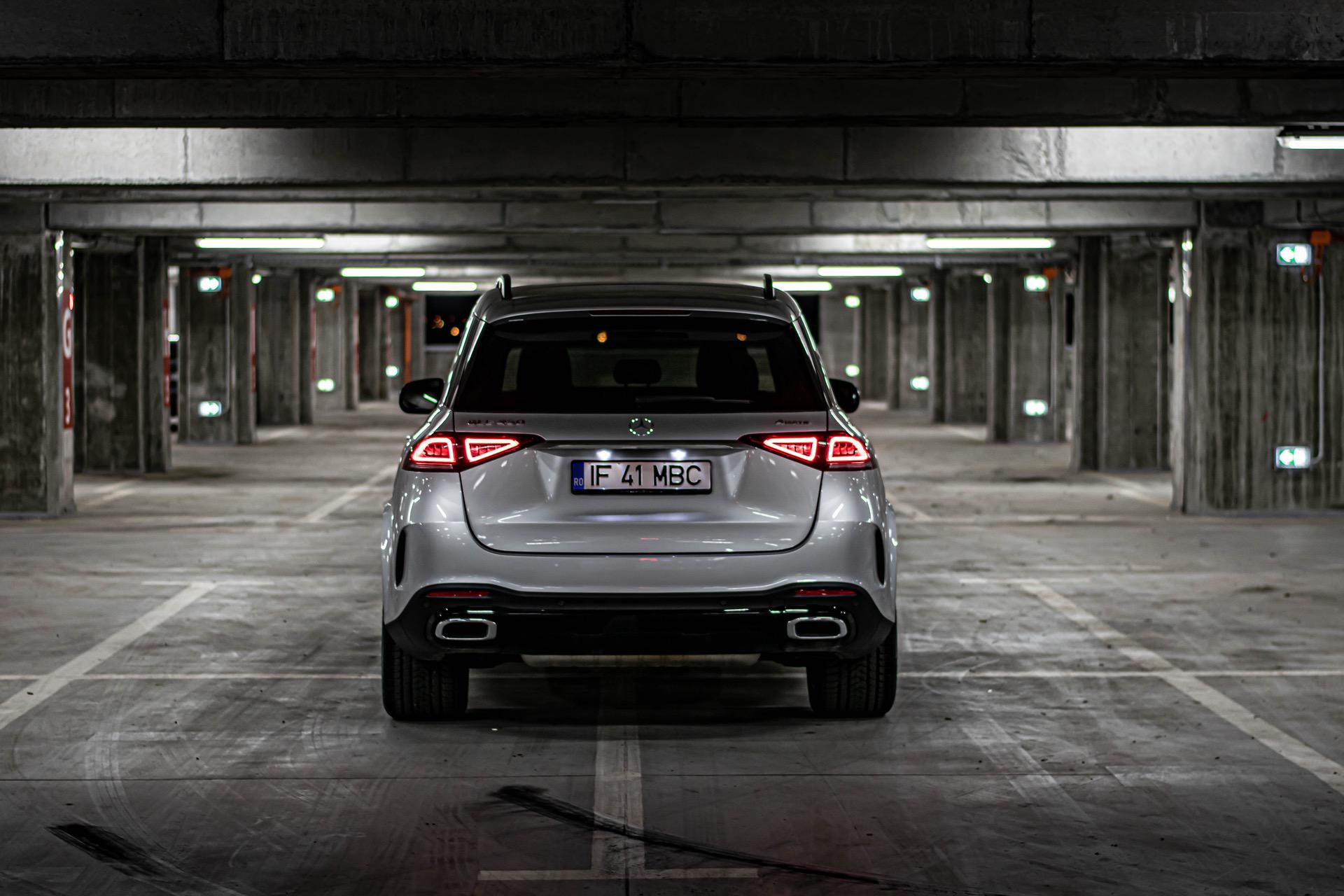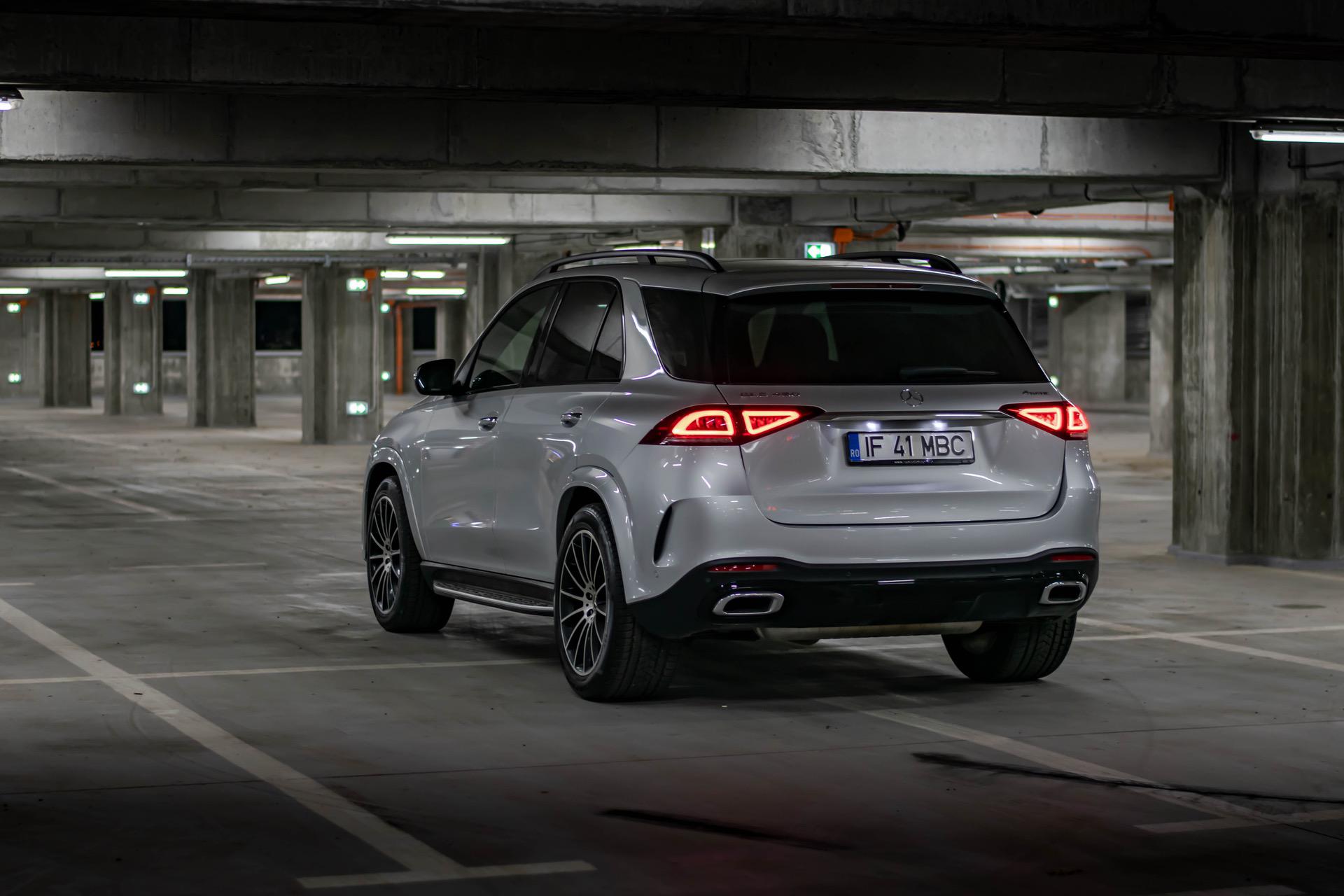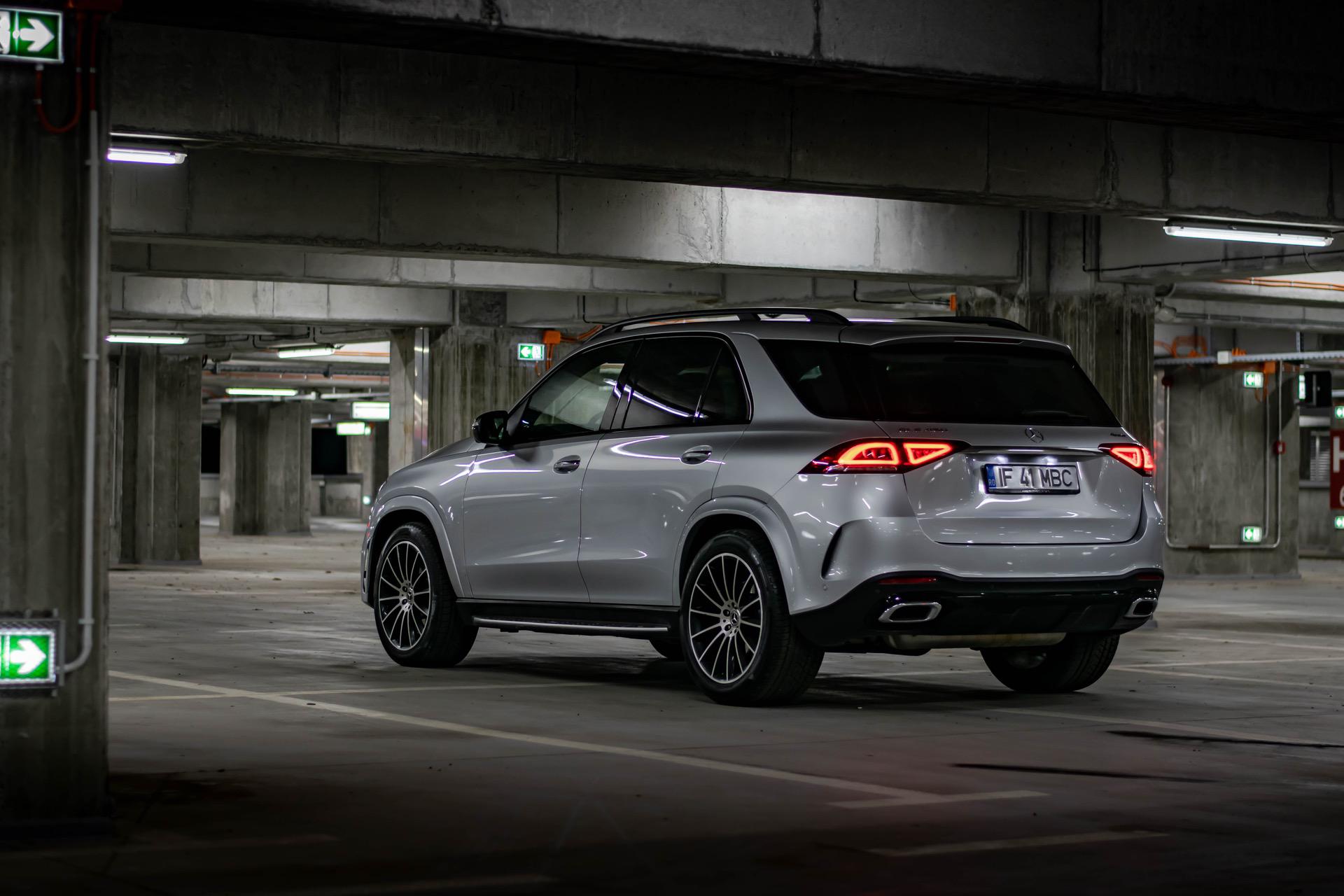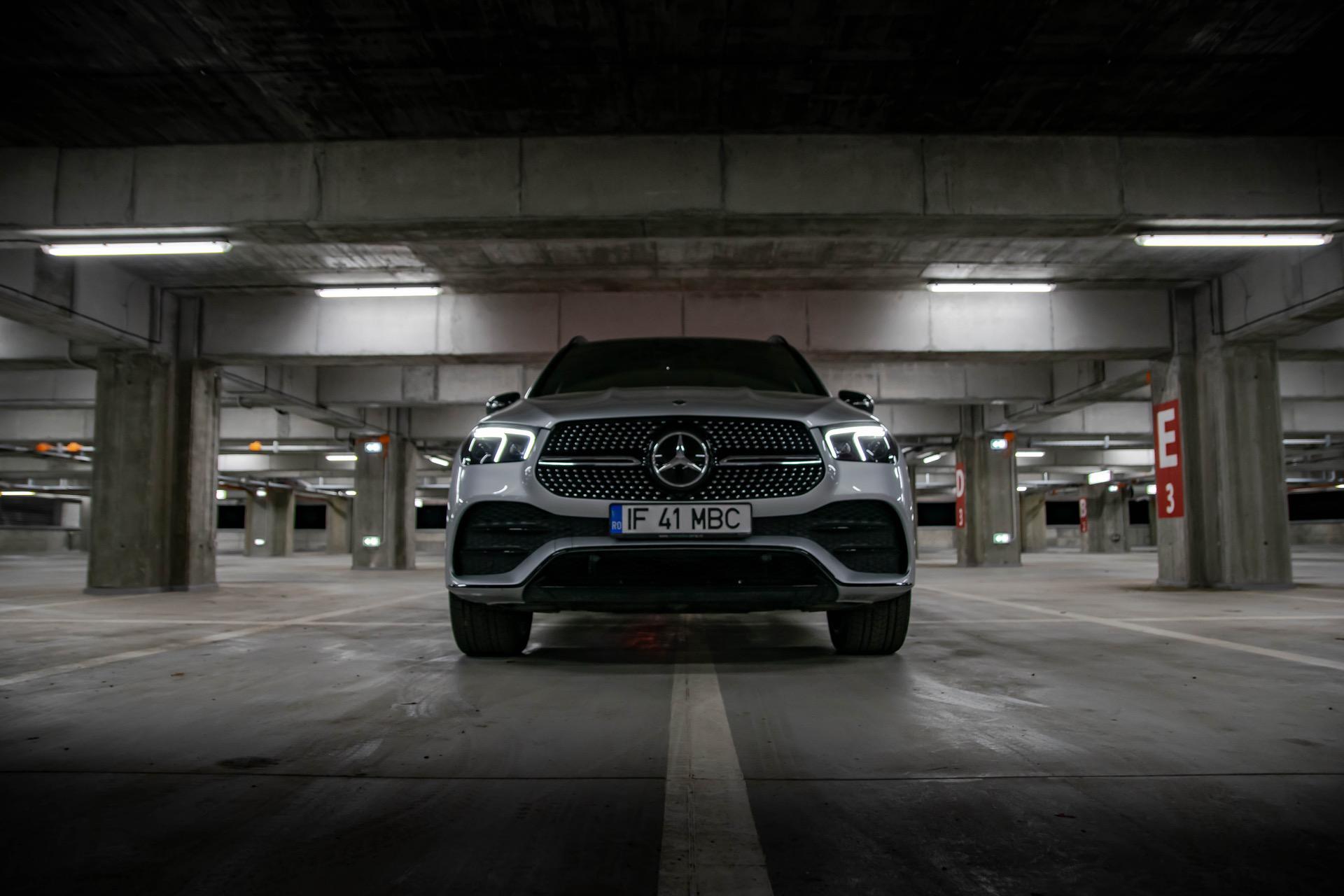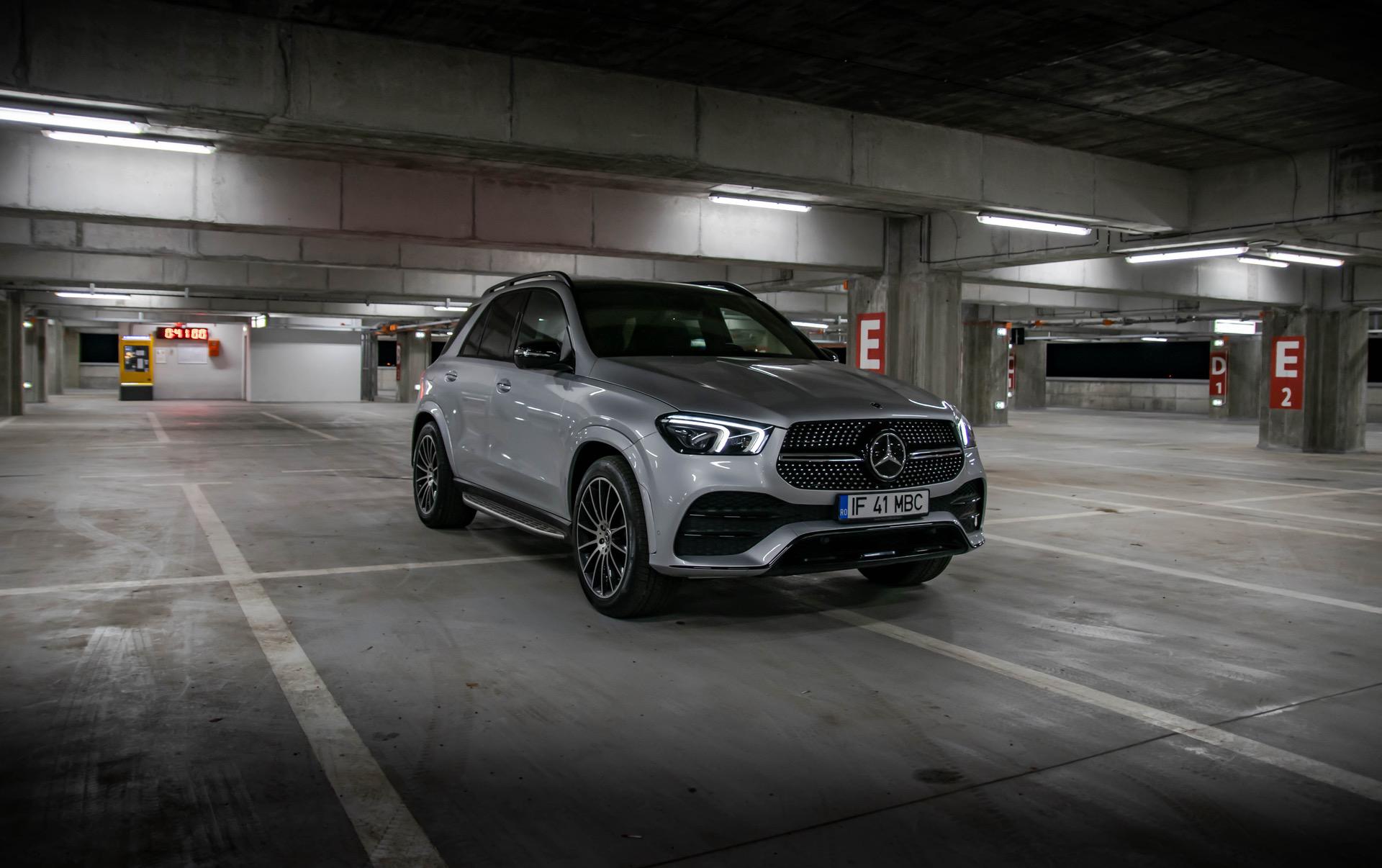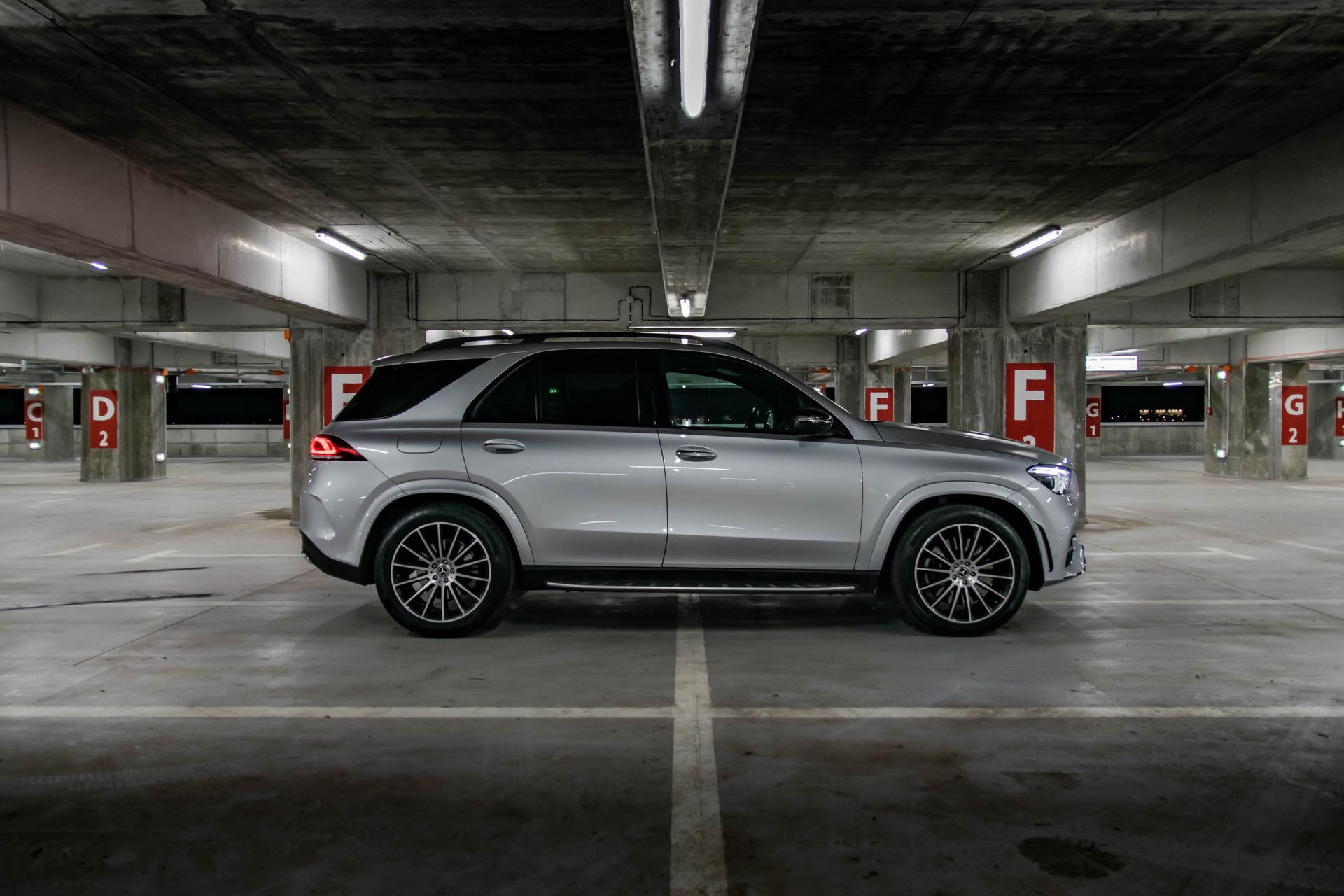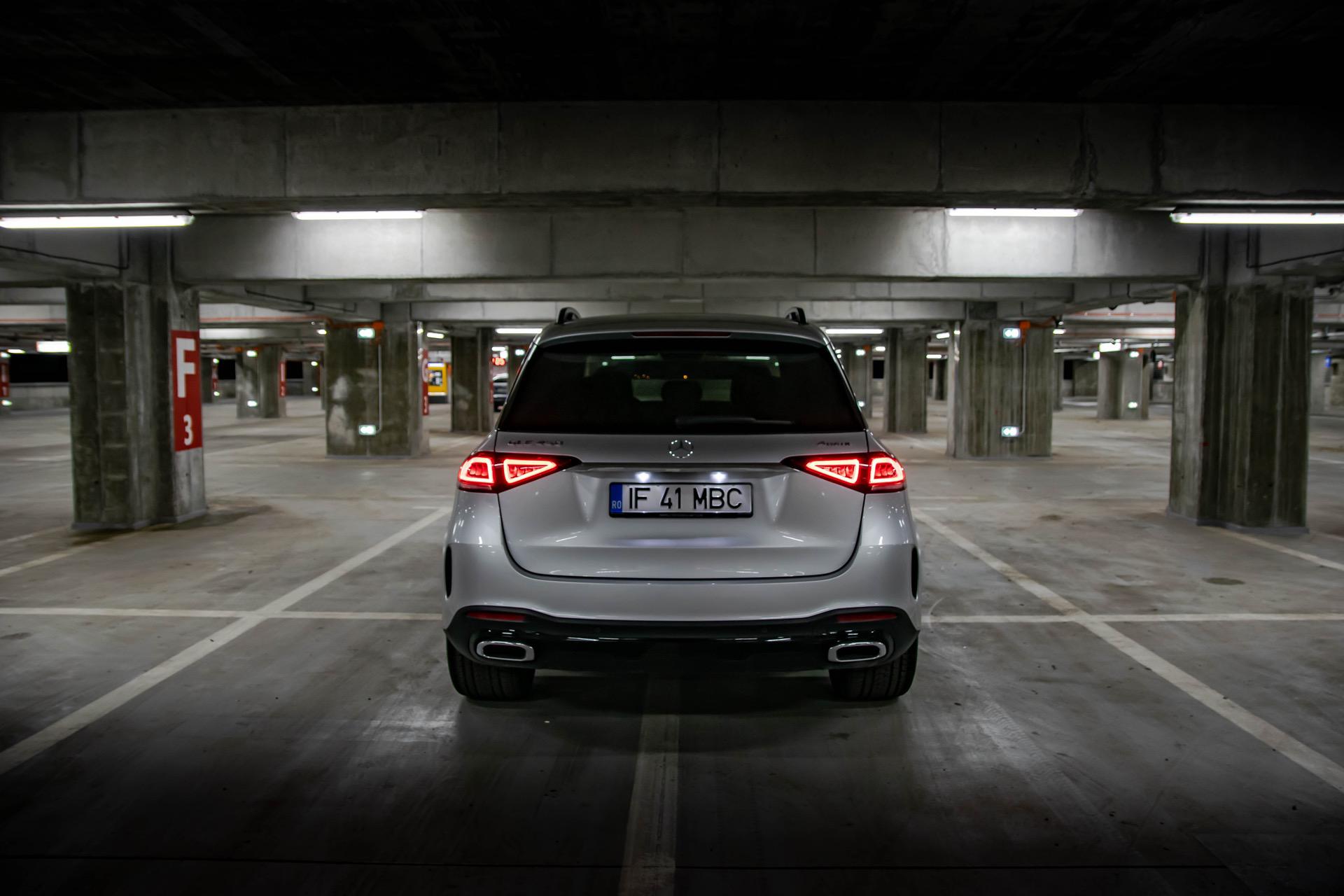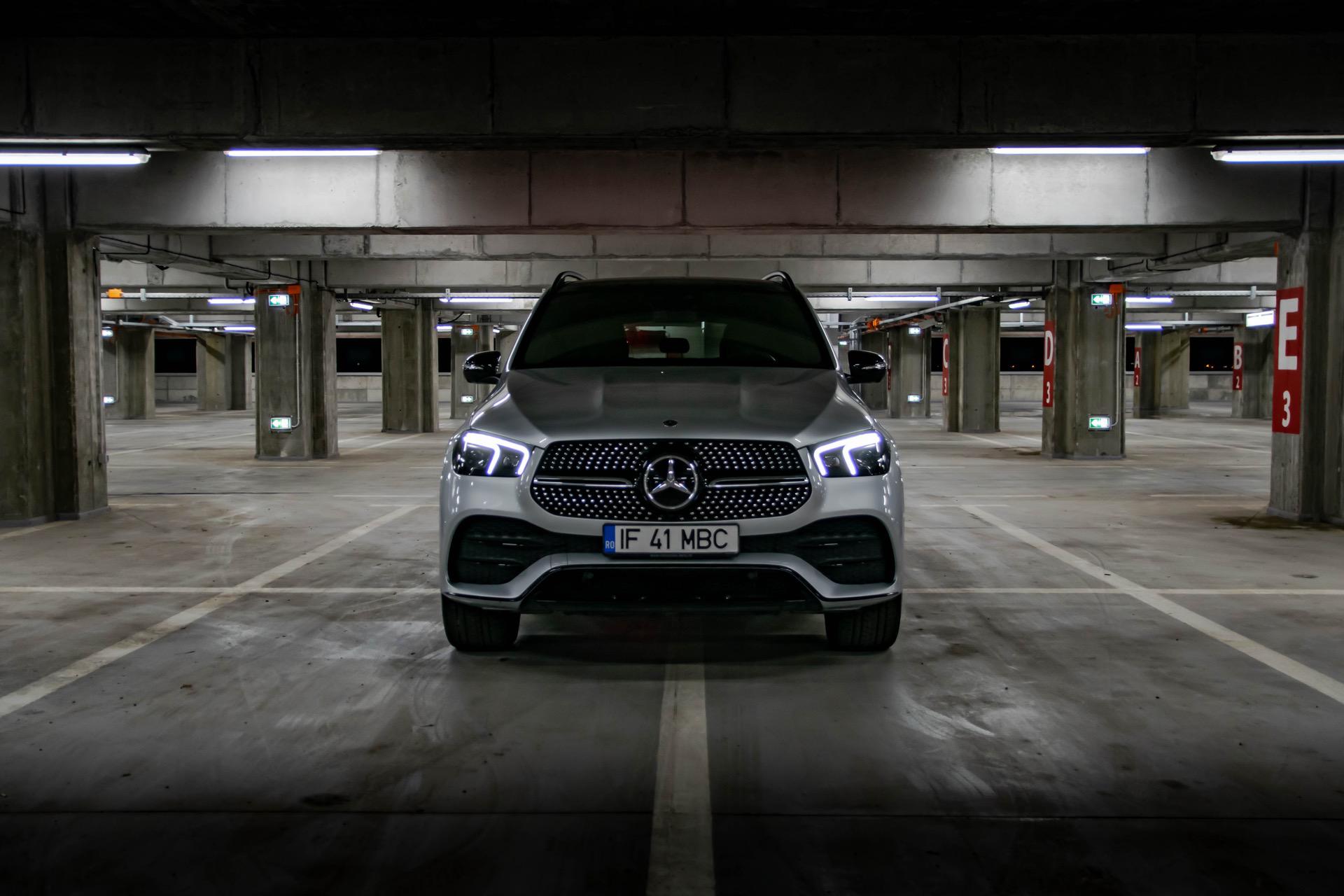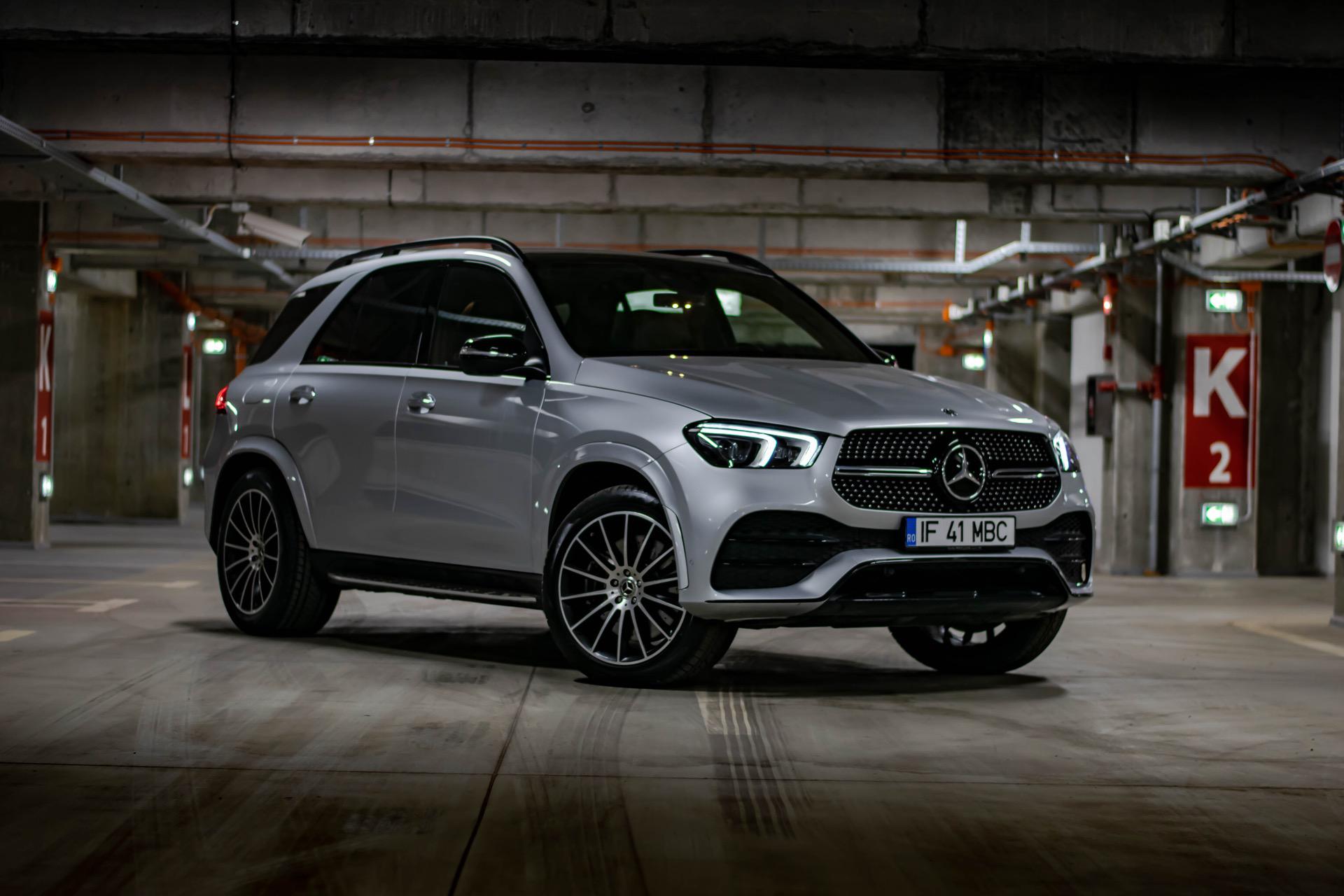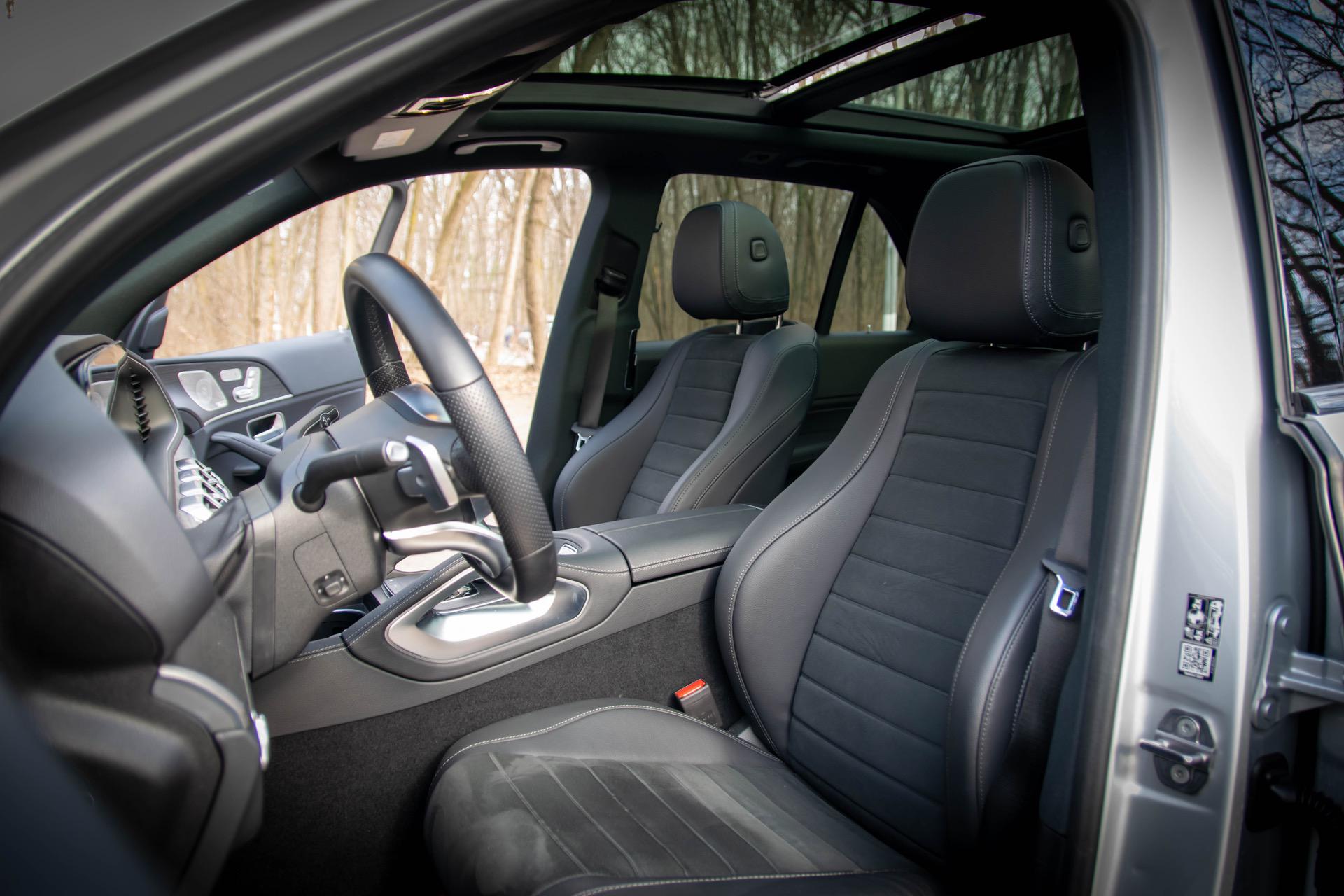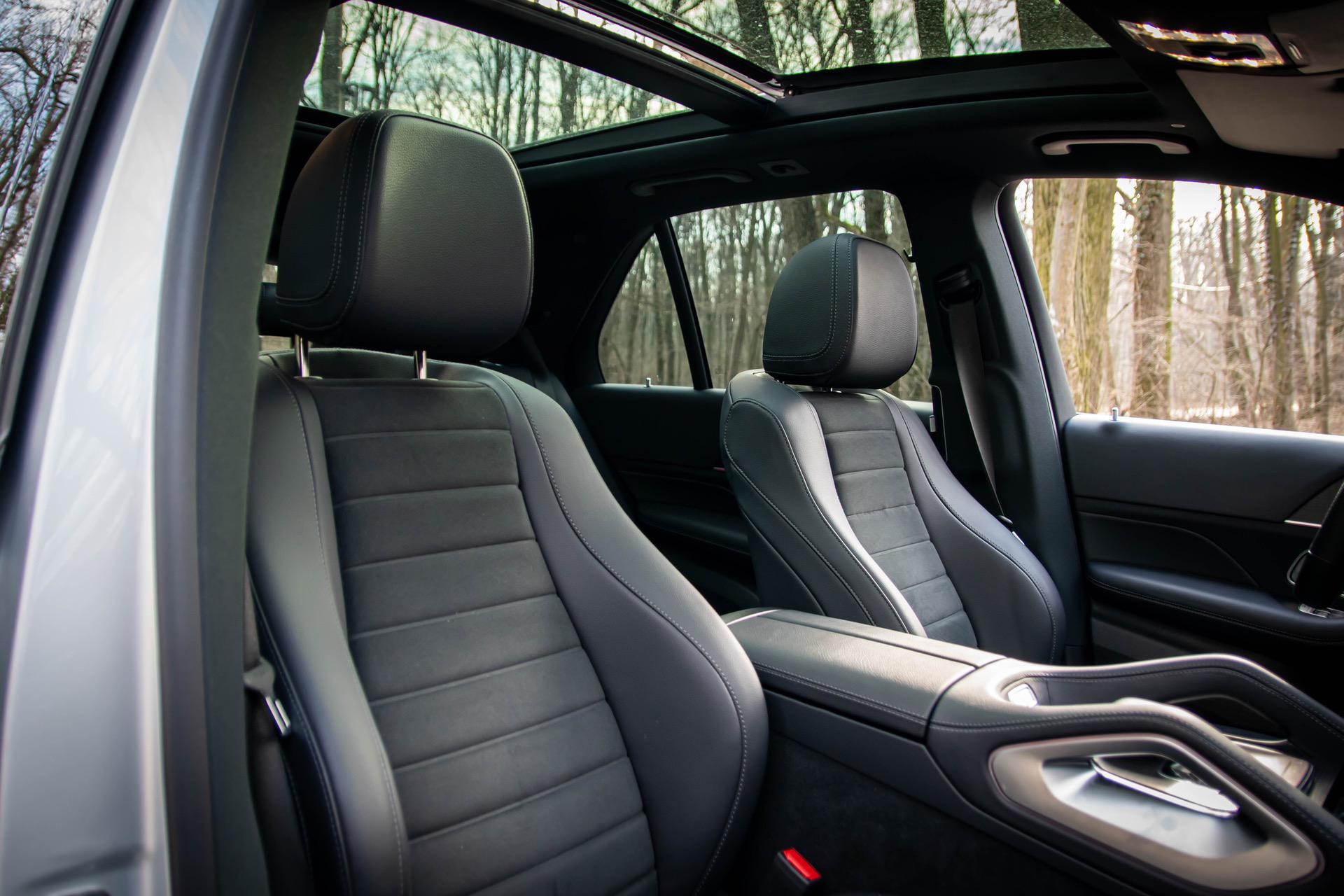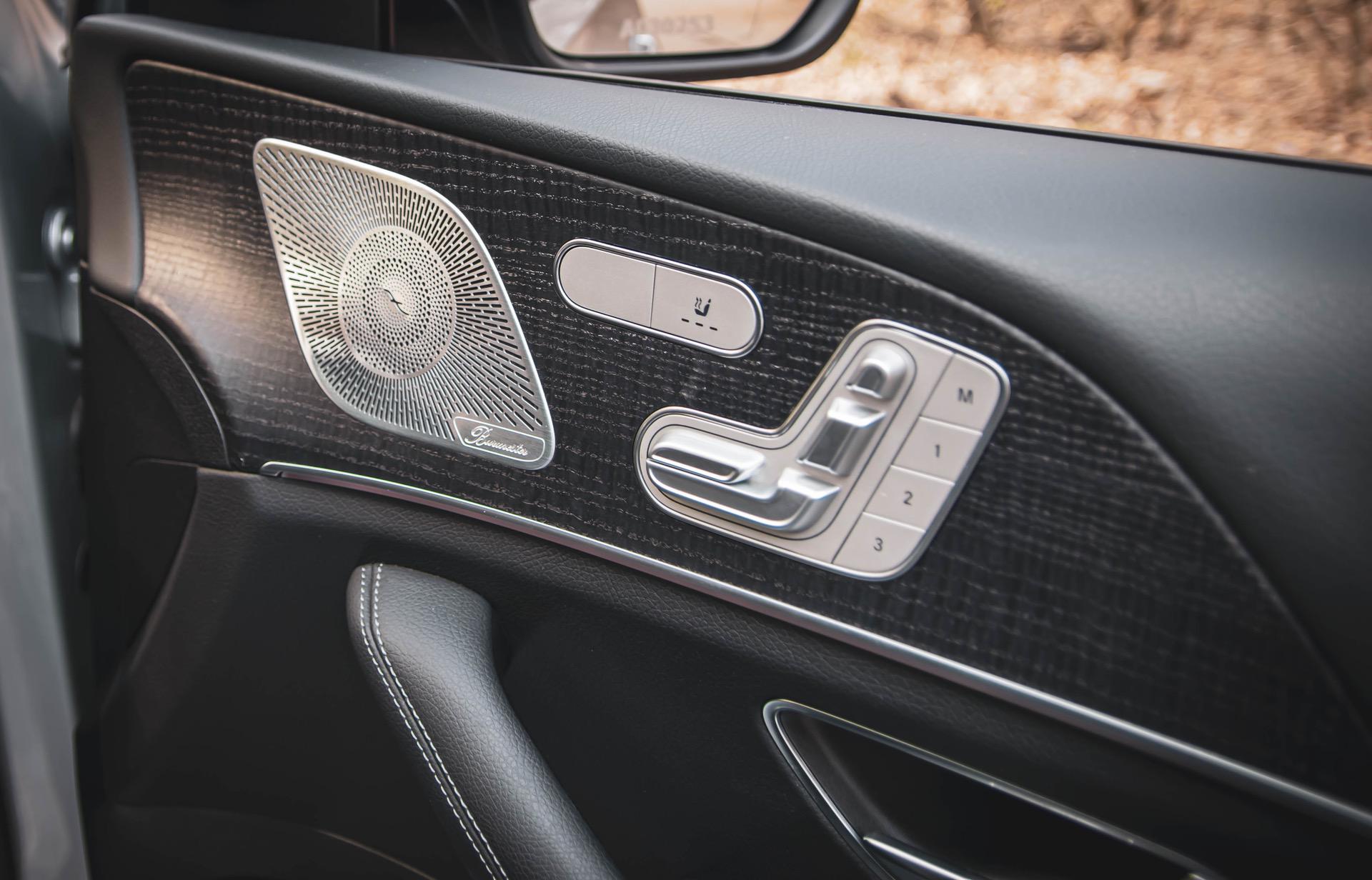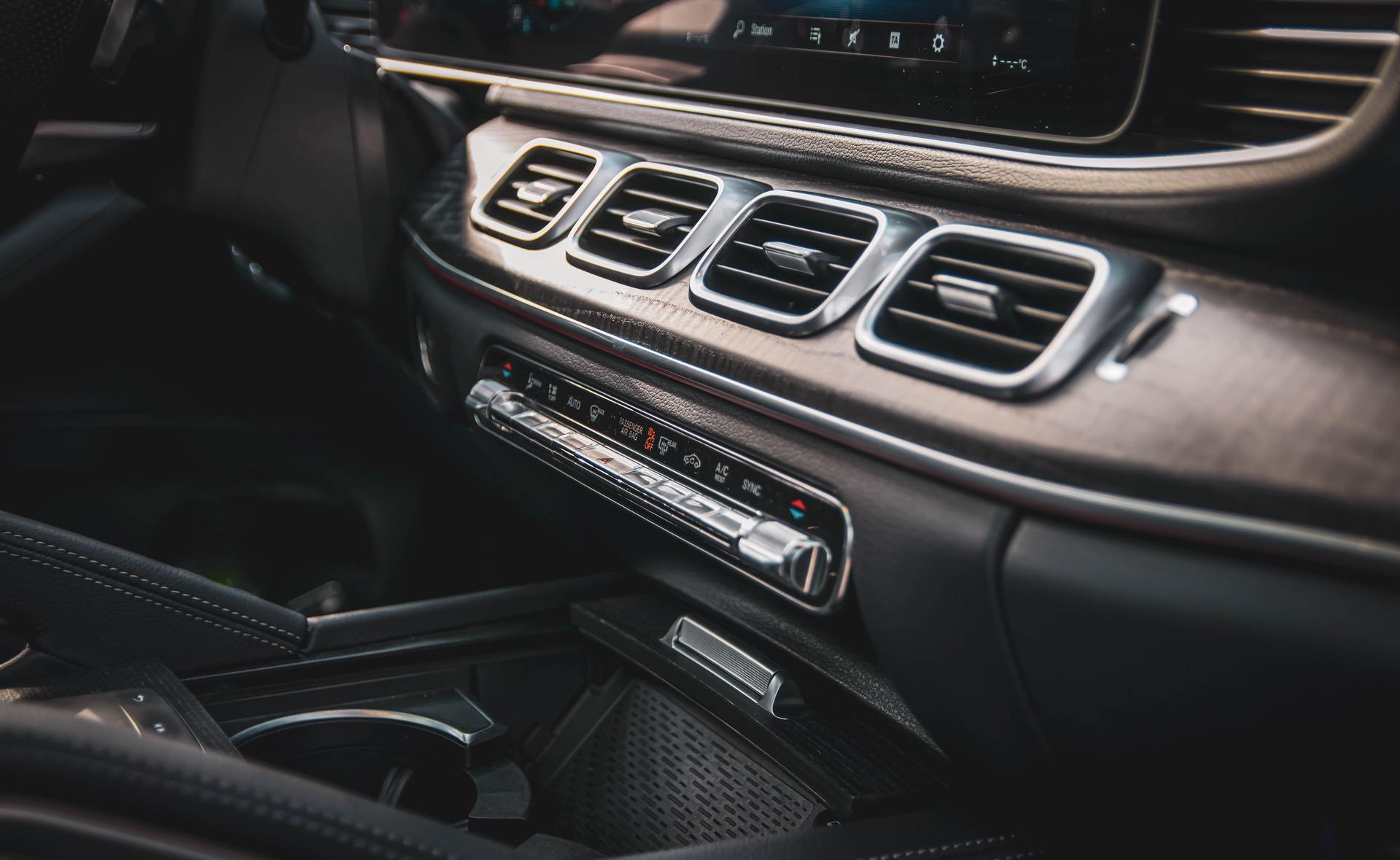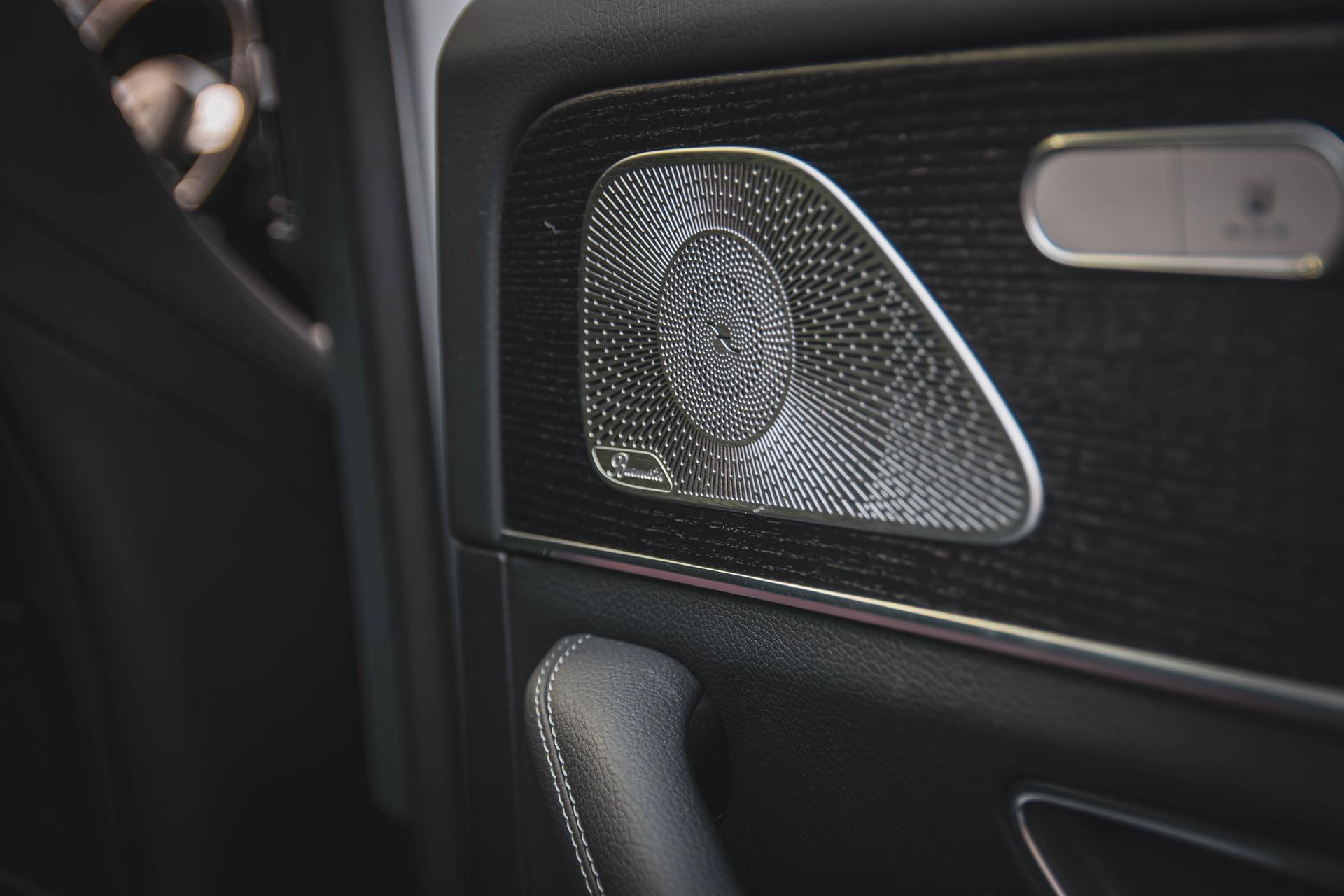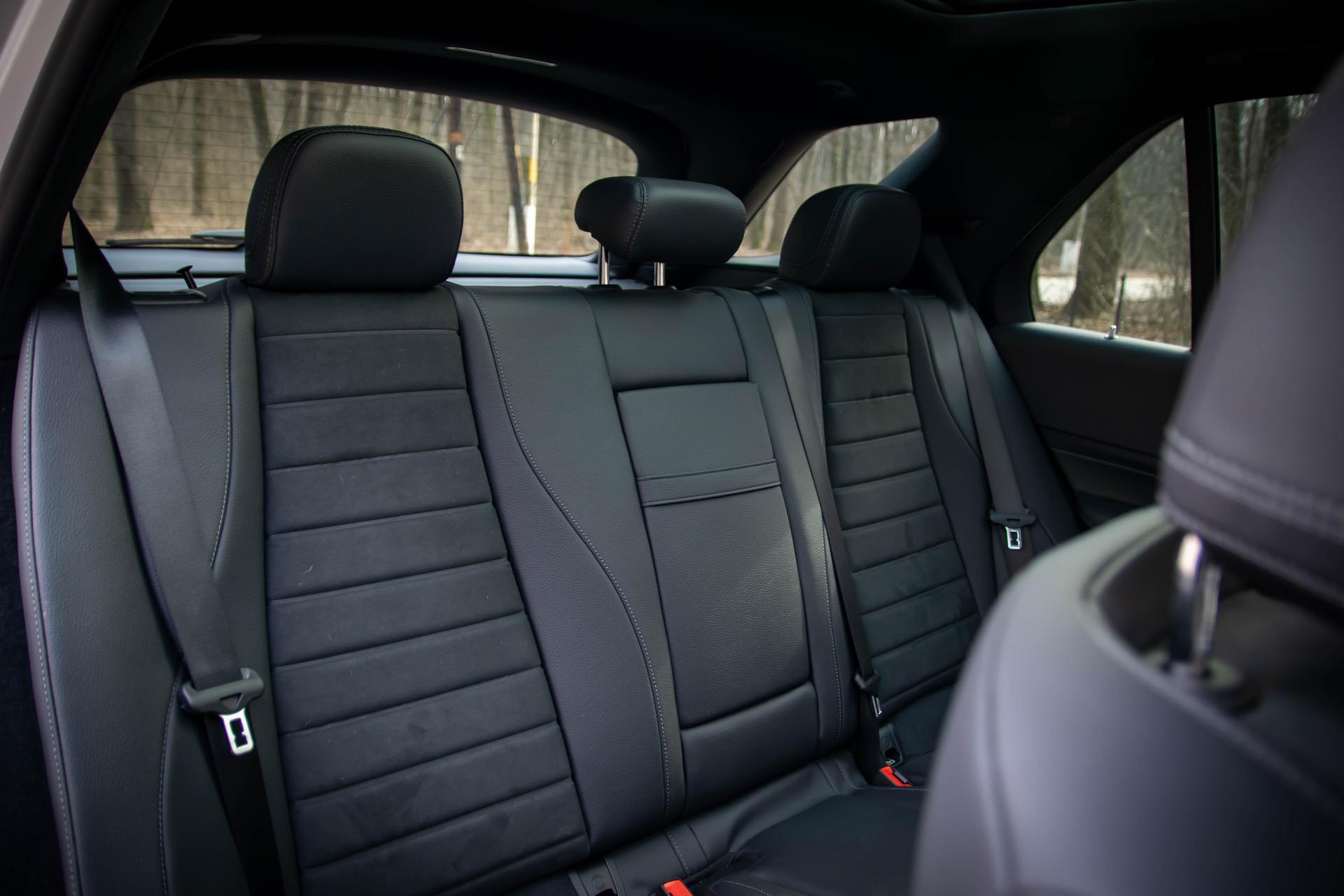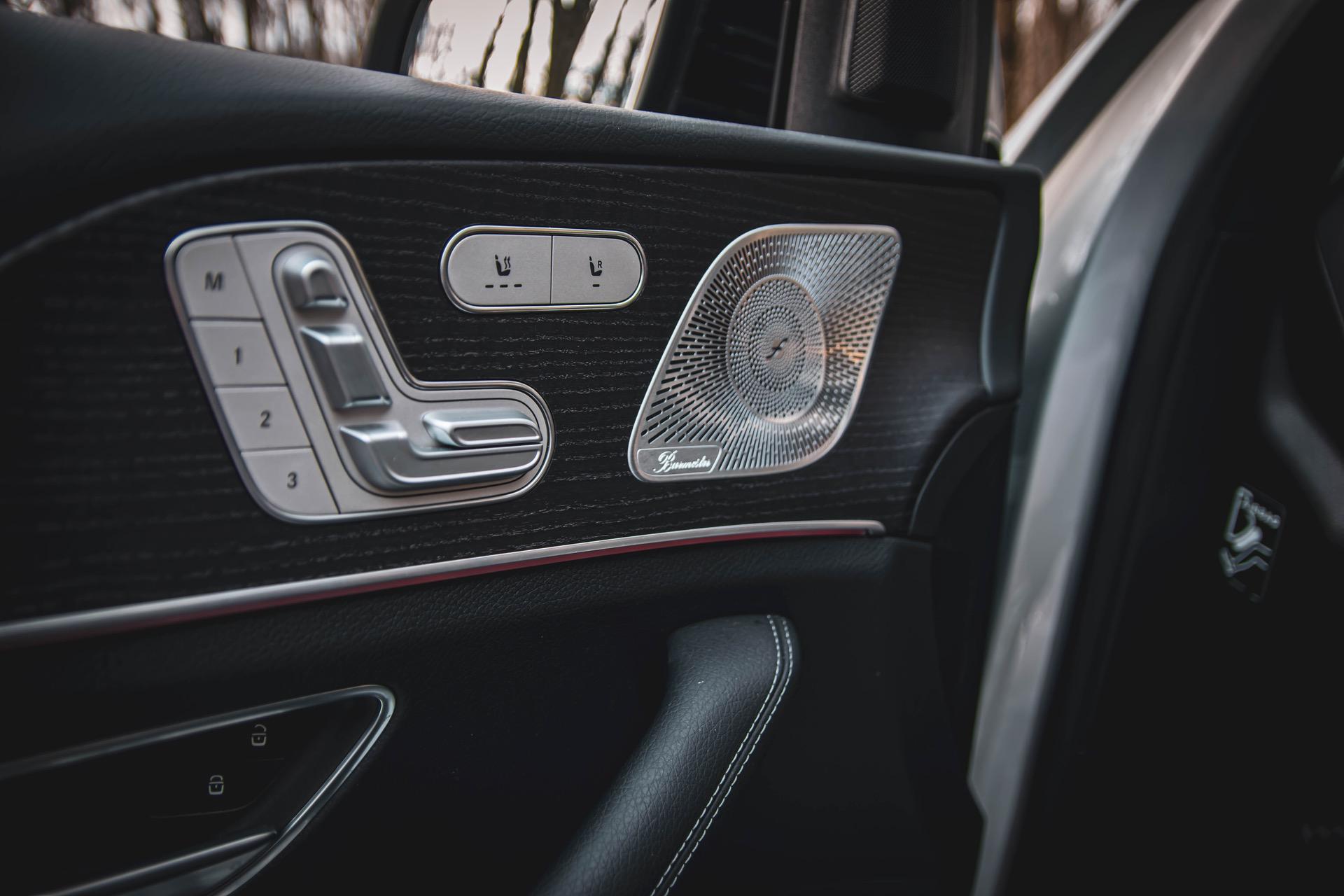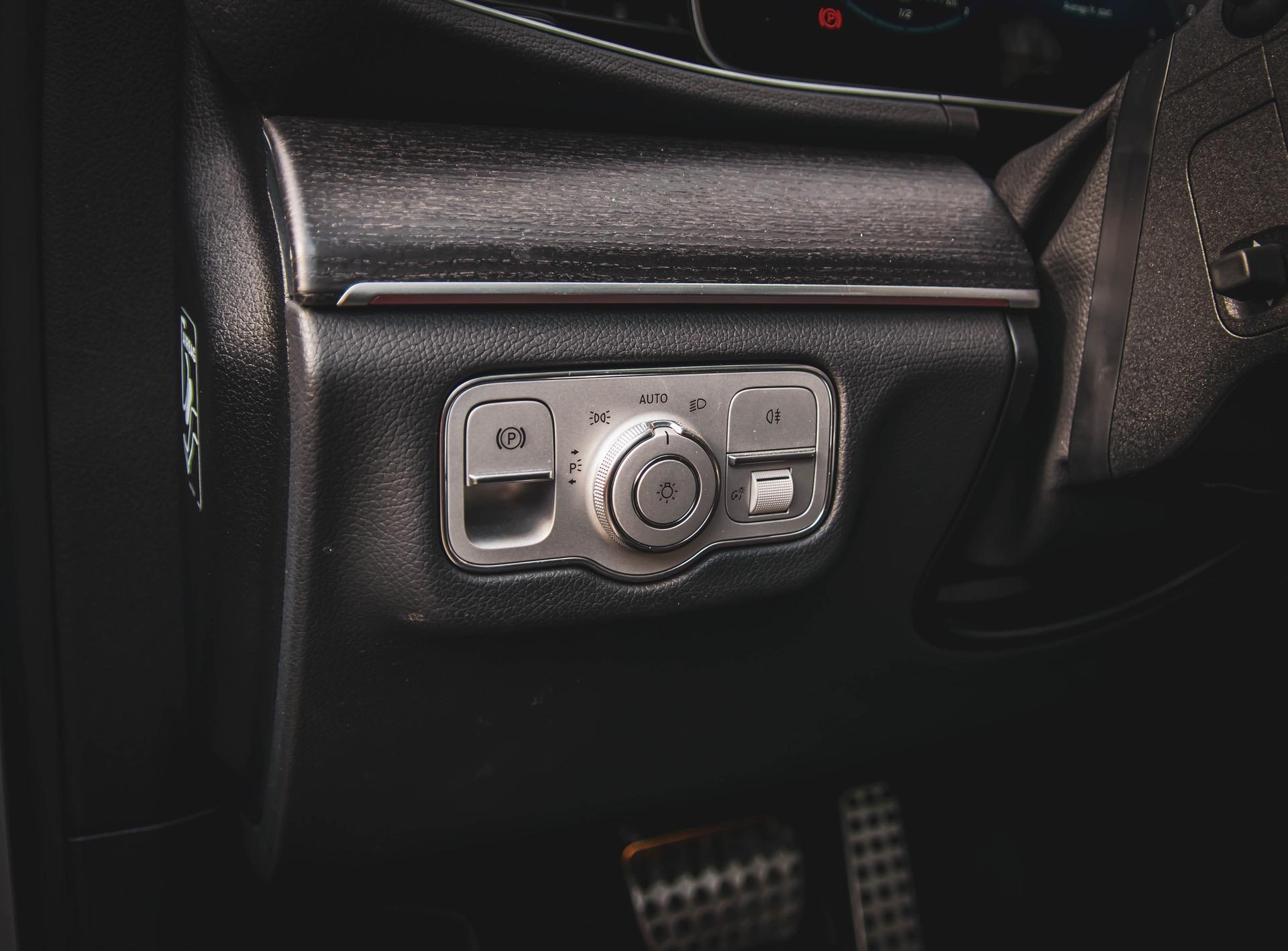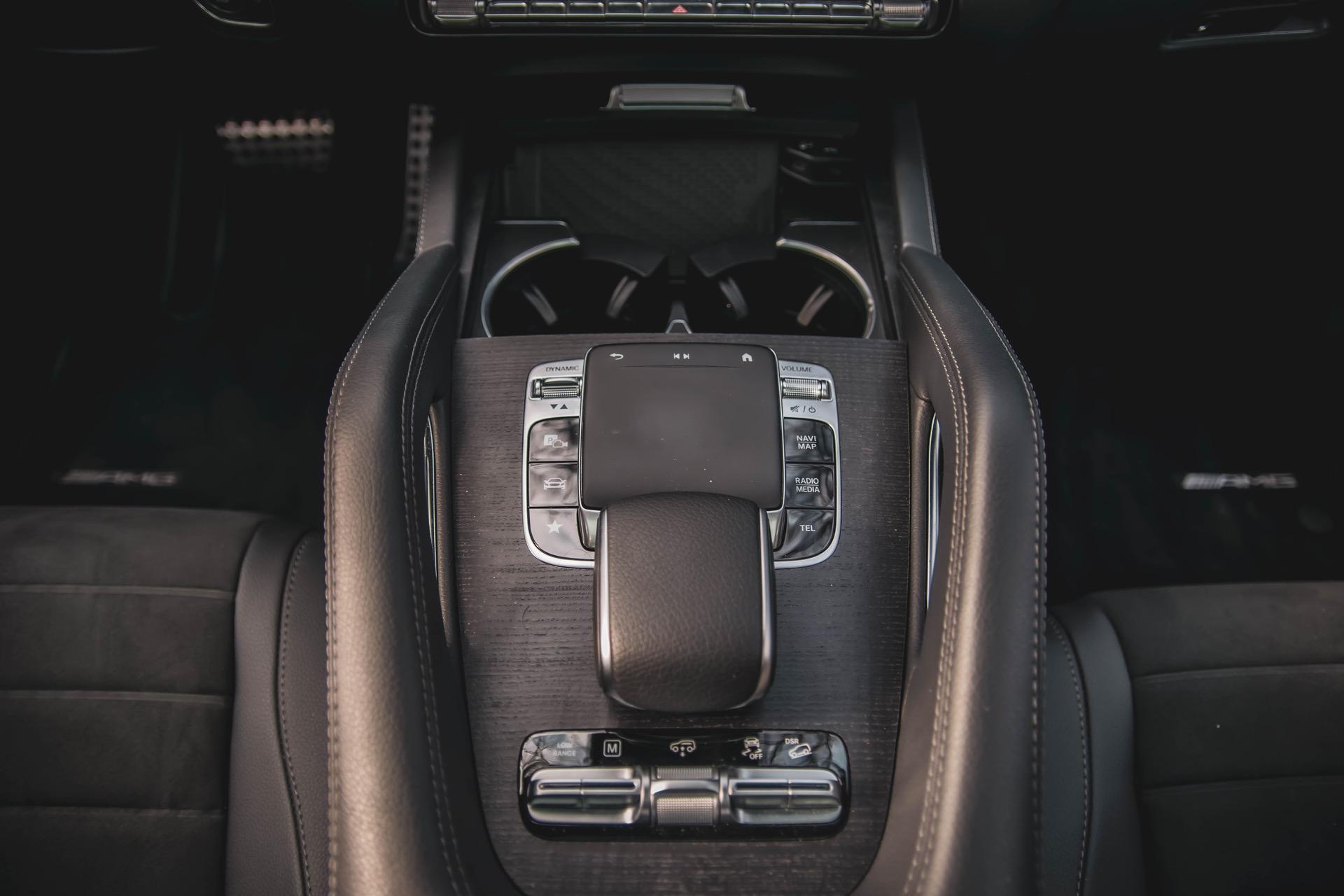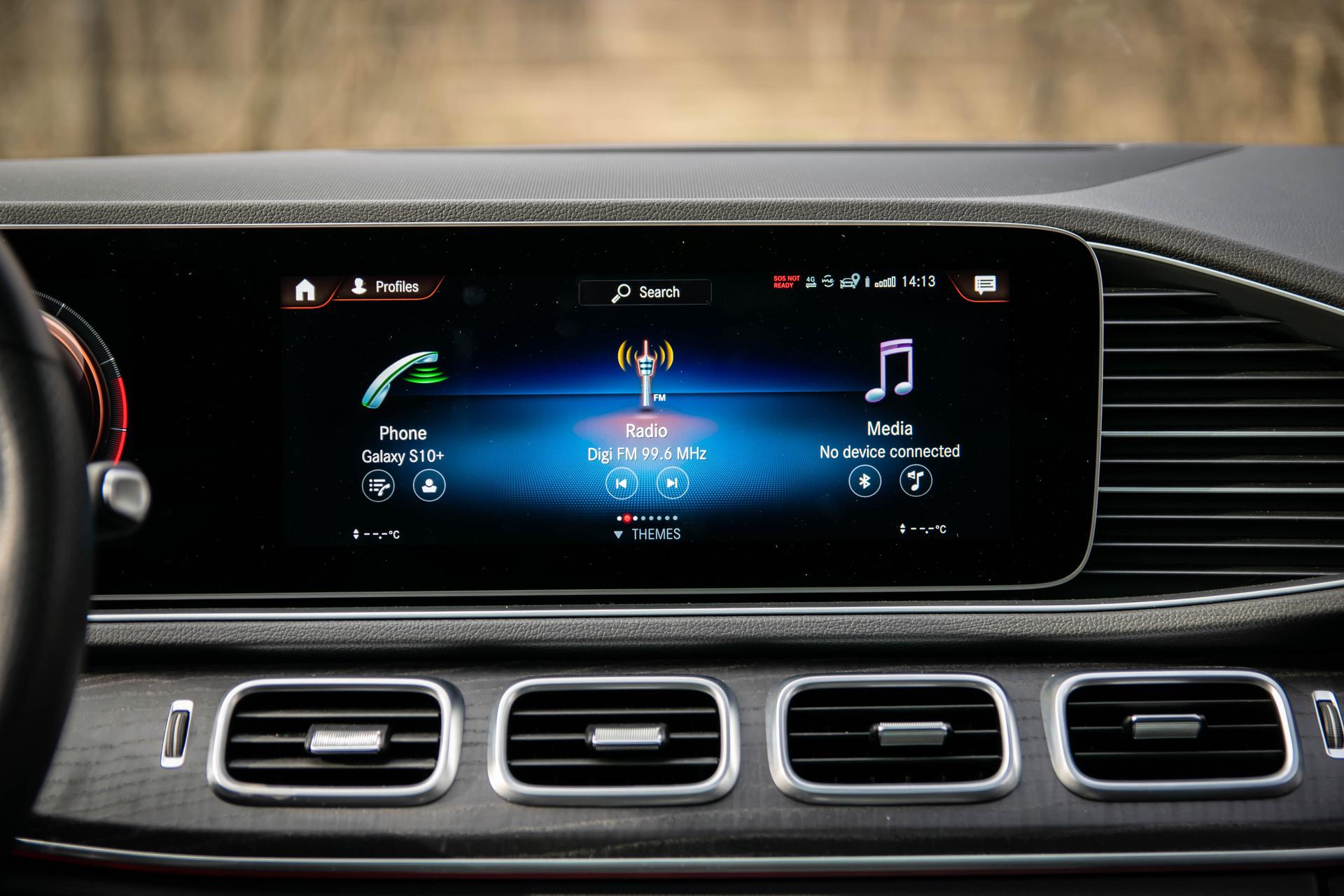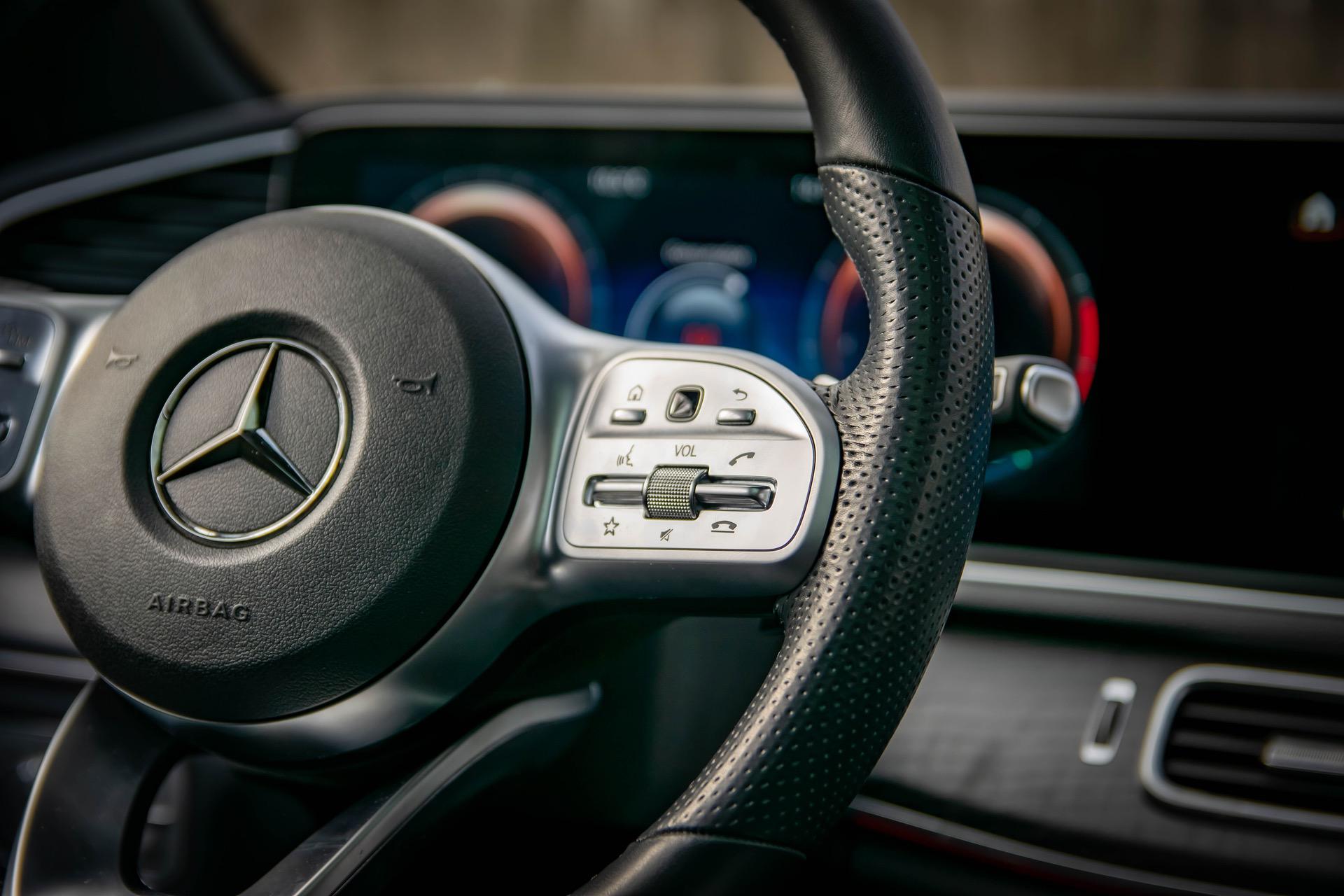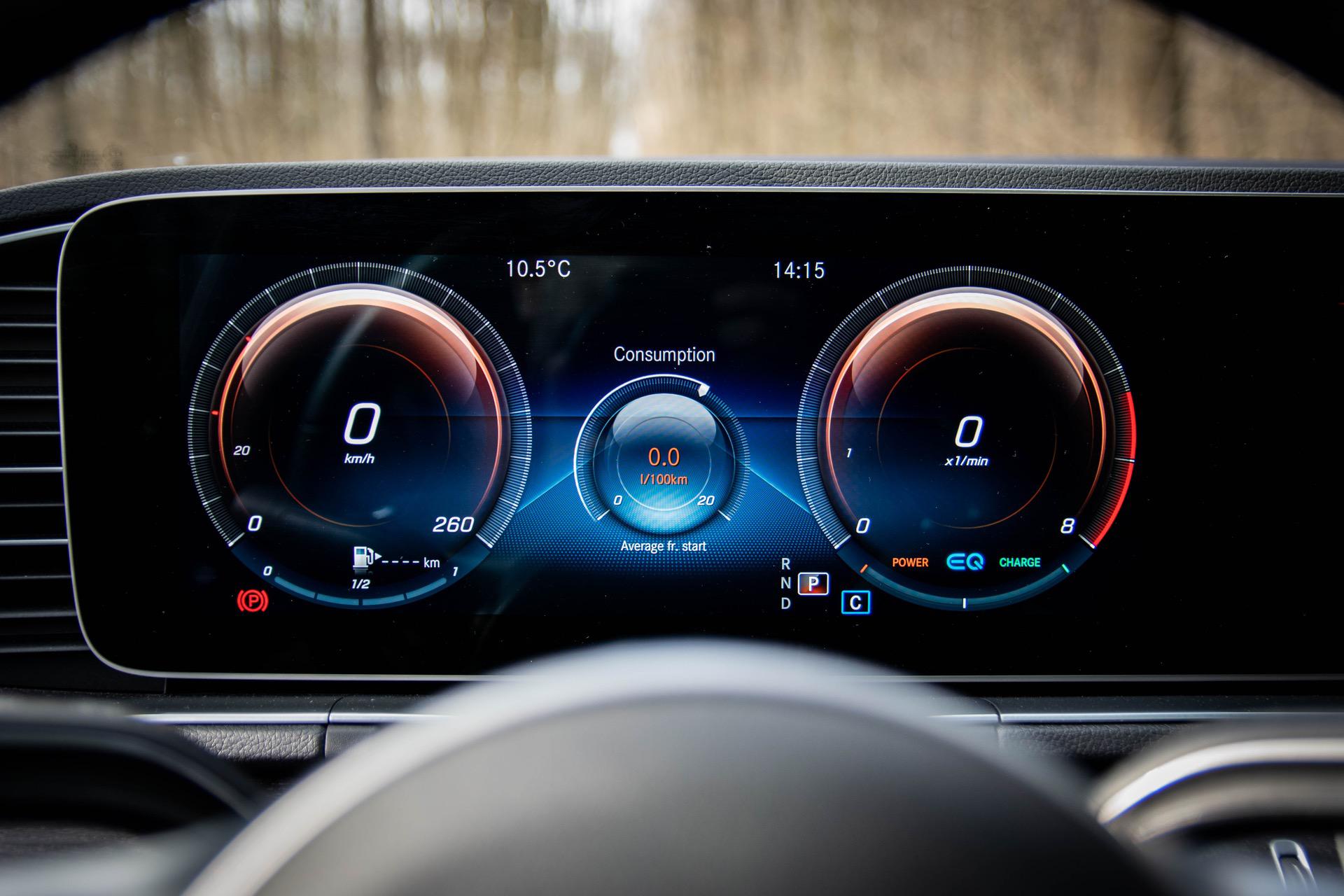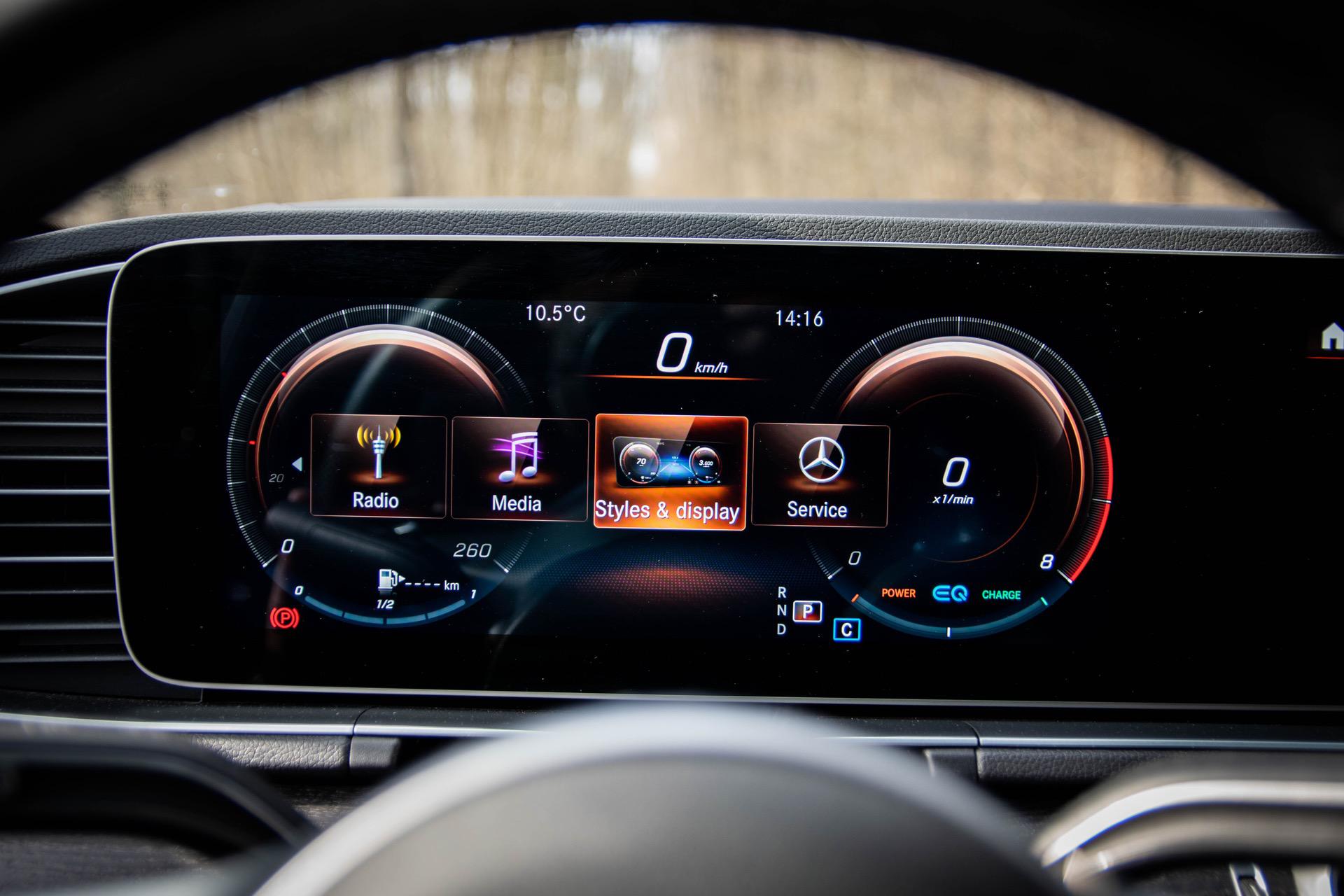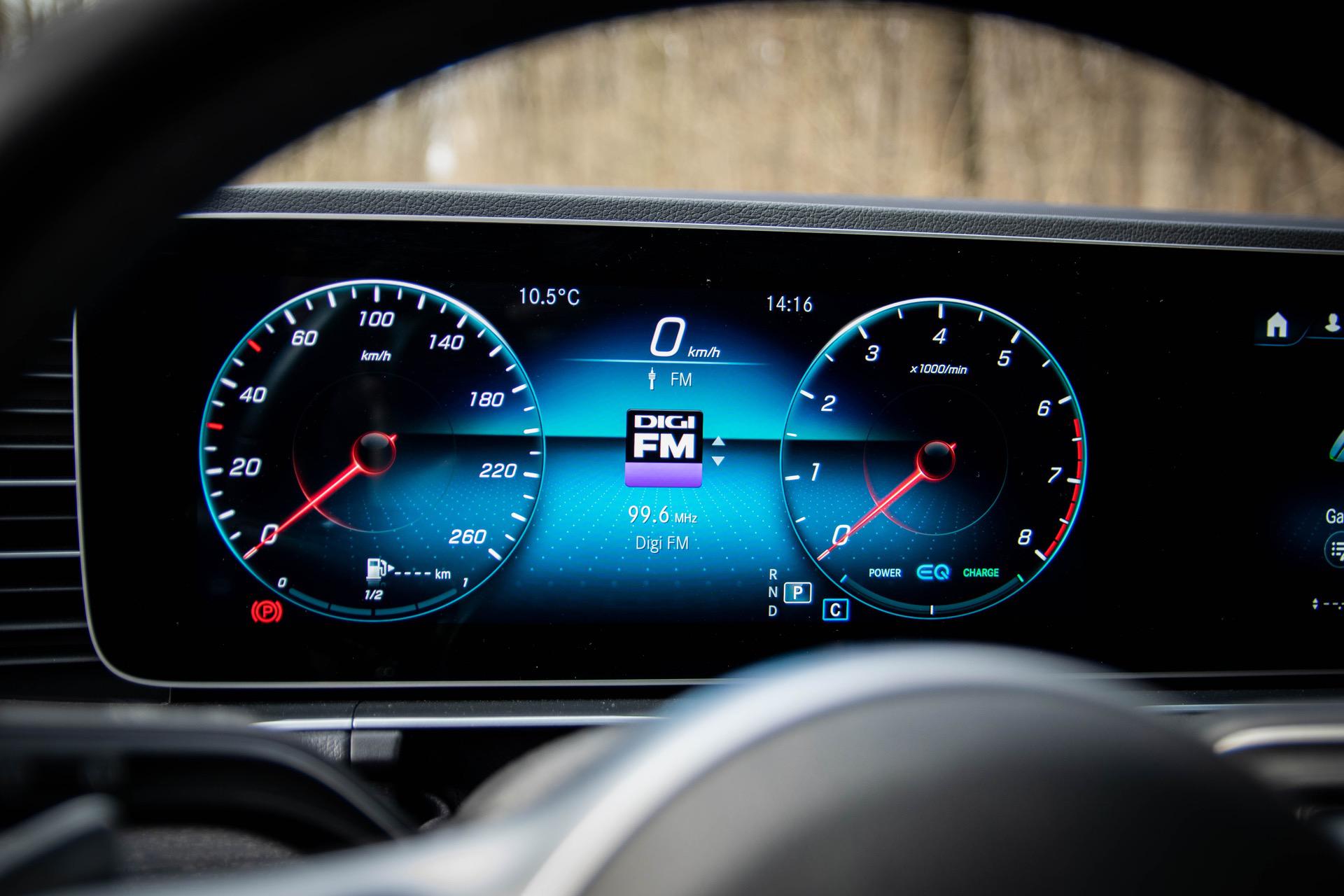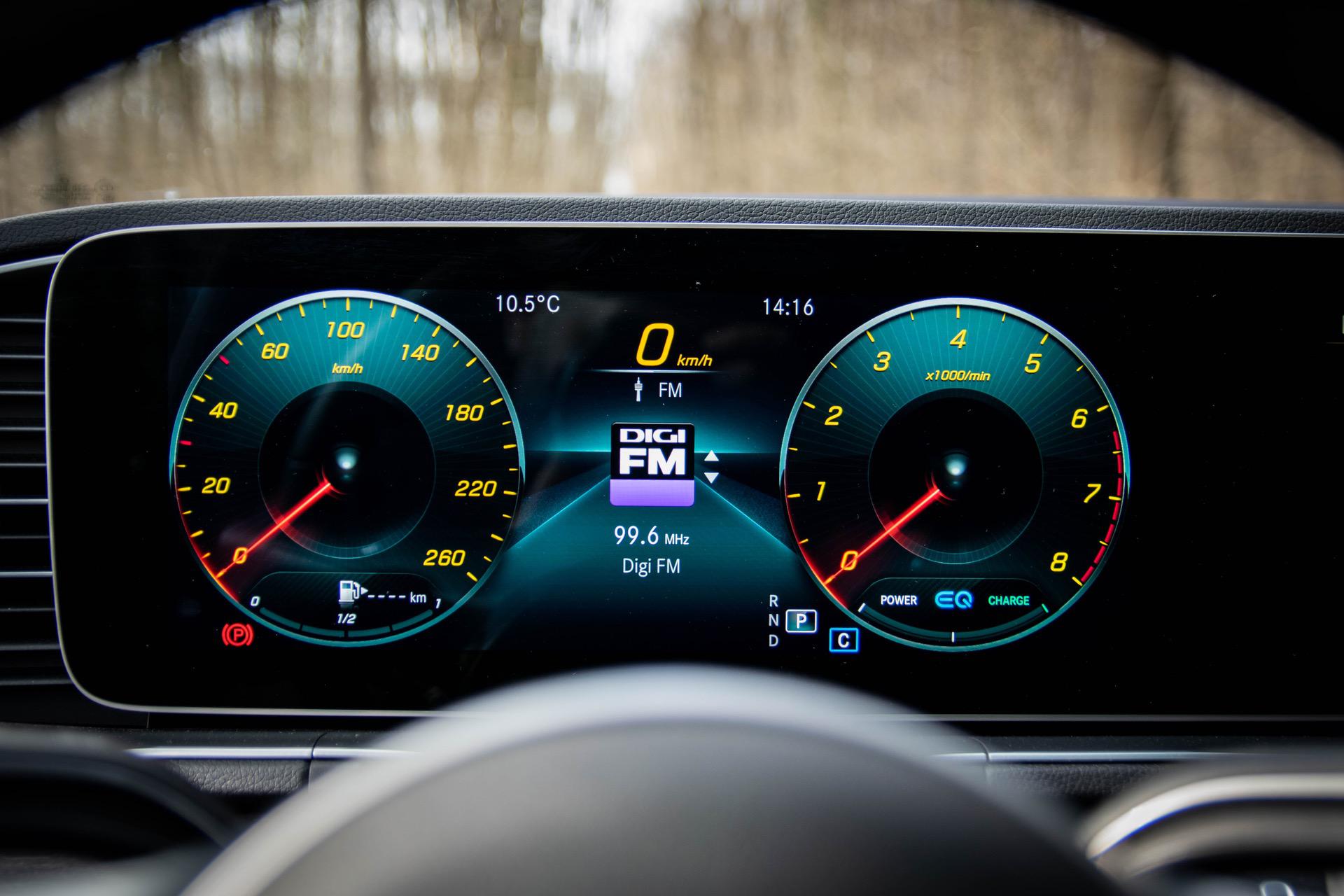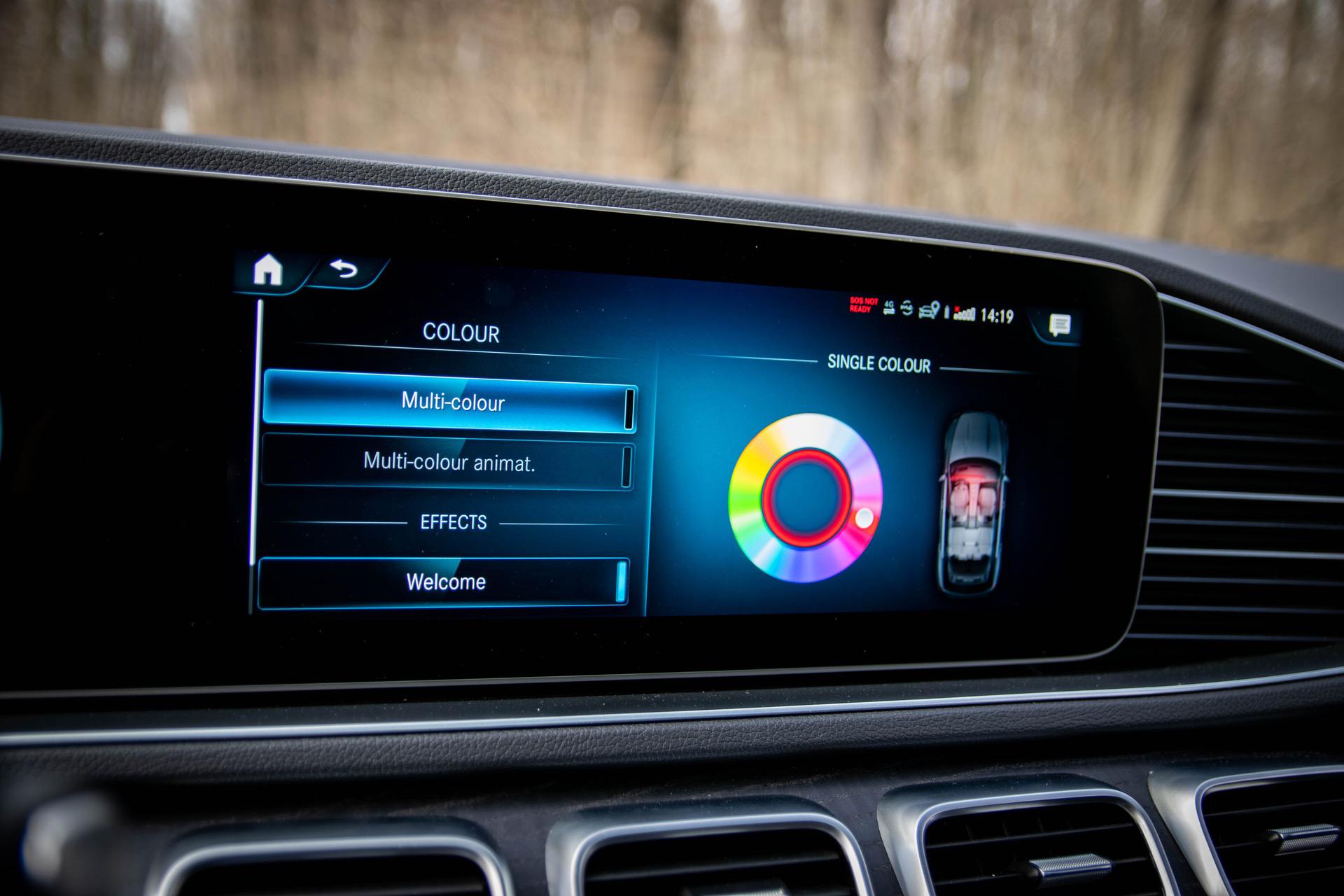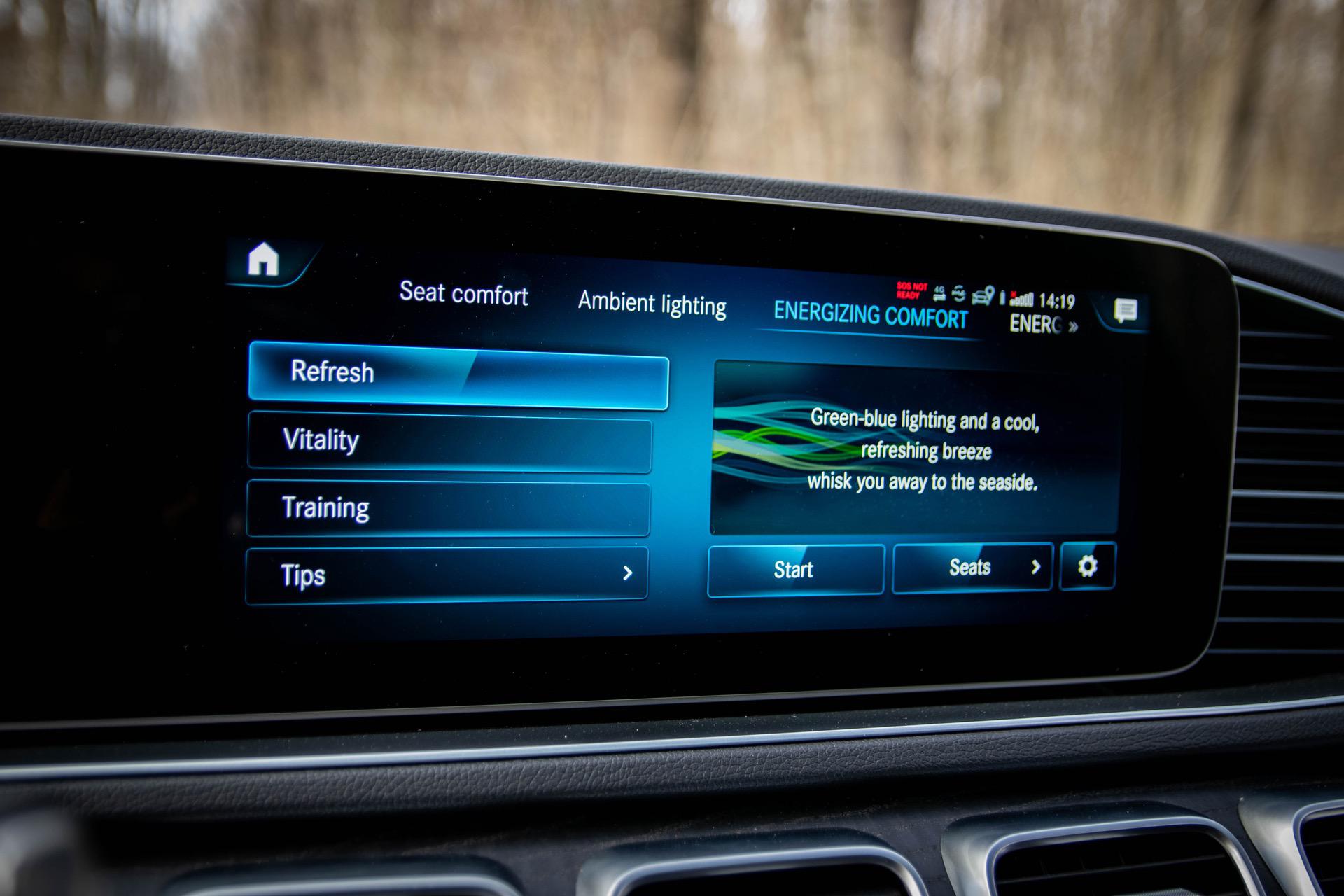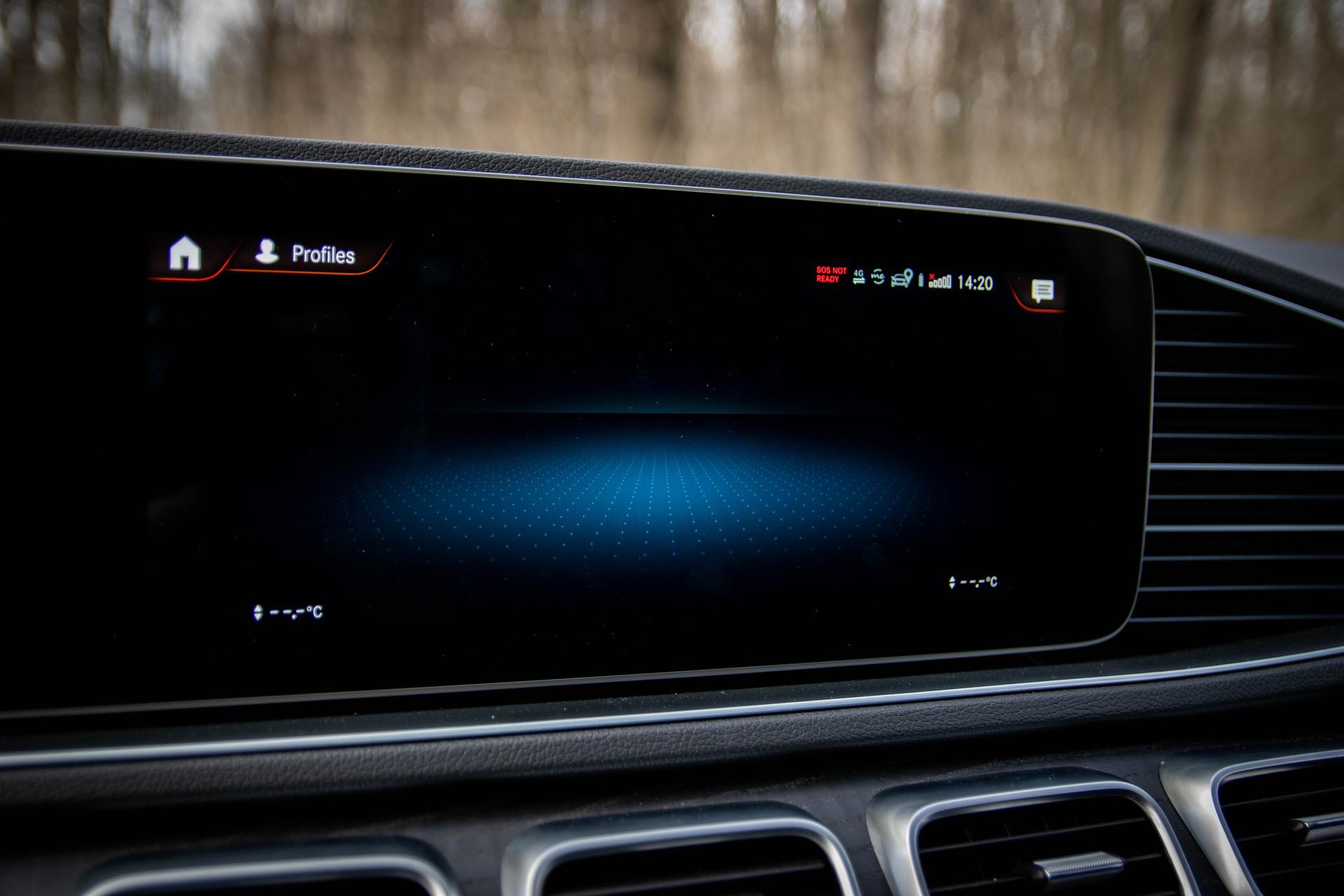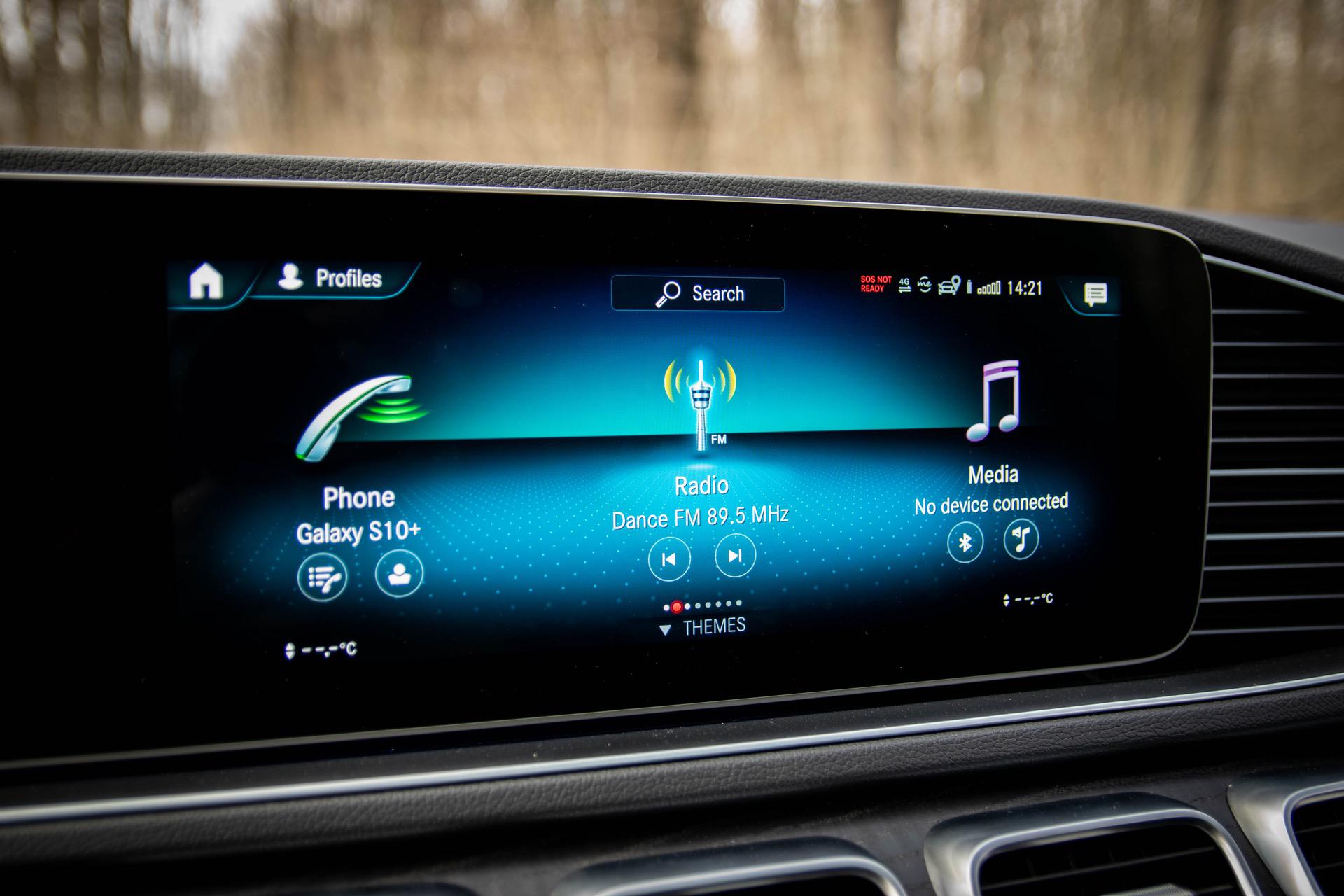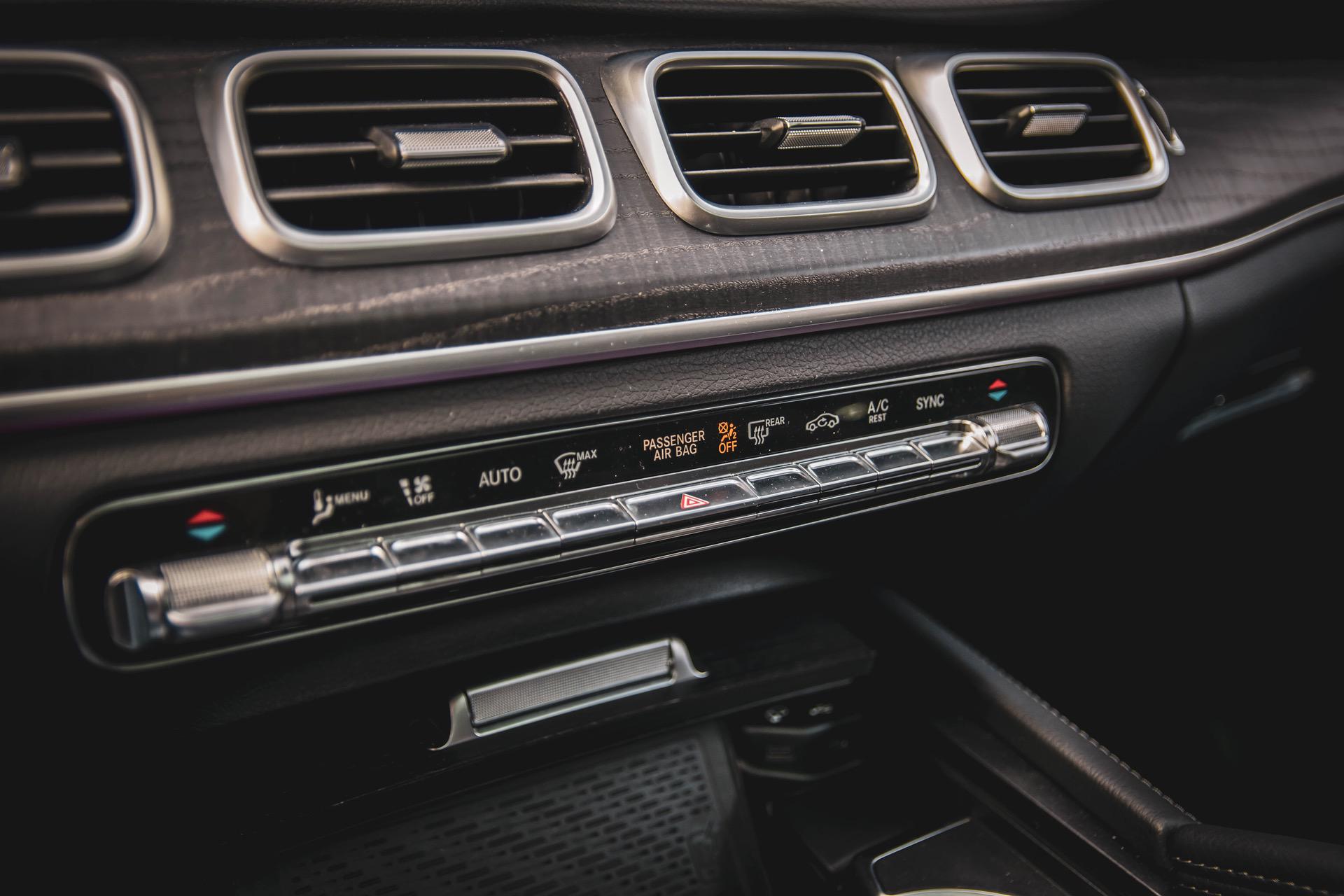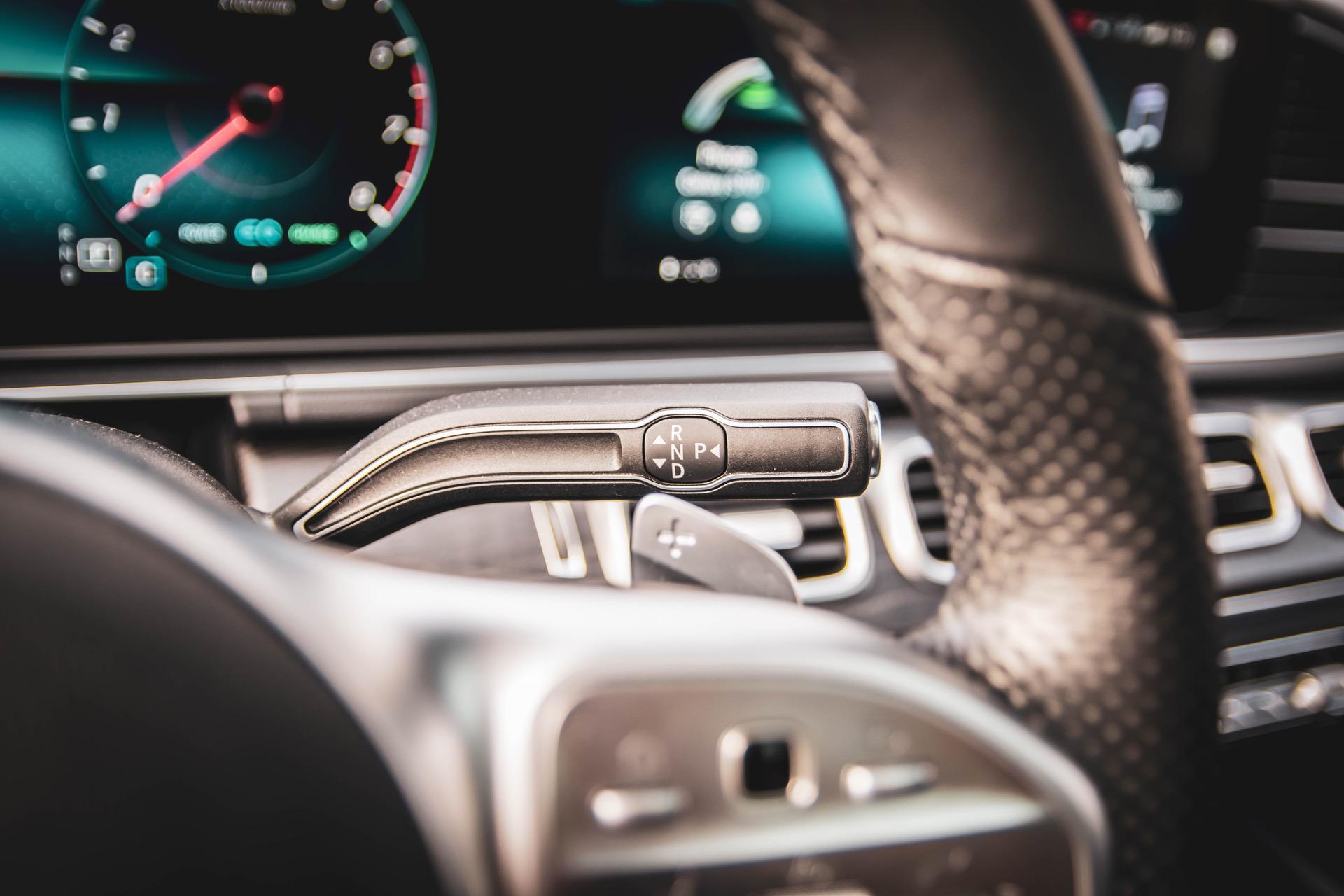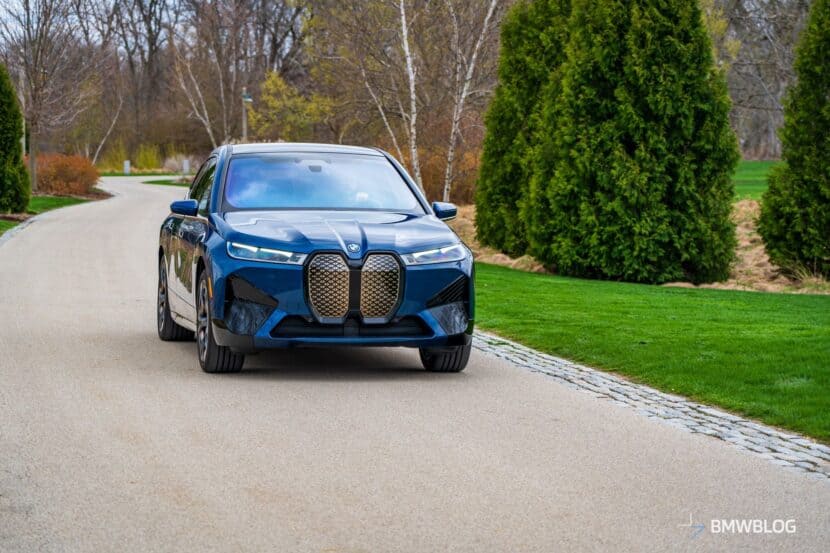The month is January, the year is 1997. The automotive landscape is vastly different than what we know it to be today. Sedans and sport coupe models are selling by the dozens while trucks are rough, unrefined, utilitarian vehicles that guzzle gas and are meant to be used on farms.
As February rolls in rumors about a new model from Mercedes-Benz start to pop up in various circles more and more often and on 19 February 1997, they are confirmed by the company itself by introducing the Mercedes-Benz M-Class or ML as it would also end up being known.
The ML Was Born
The end result of a 5-year research and development effort, the new car was a trailblazer in every way, showing the world that luxury and utility can coexist on the same car.
Everything changed from that point onwards, with 99 percent of the car makers today selling at least one car that resembles an SUV. This includes companies like Lamborghini or Rolls-Royce, who you wouldn’t ever have pegged to be capable of bringing such models out.
And yet, here we are.
Looking at the sales charts for cars around the world, you’ll realize this is now the mainstream and sedans and Coupes are becoming niches in their own way. Up to 70 percent of the cars sold today in certain markets are SUVs or crossovers of various sorts and a lot of their success today goes back to the original ML.
The Grandson Of The M-Class – The GLE
Last year, the new Mercedes-Benz GLE went on sale worldwide and you might be wondering what that name has to do with the 1997 body-on frame SUV. Well, by all accounts and purposes, even though the name might not suggest it, the GLE is the distant grandson of the original M-Class which was later renamed ML, MLE and now arrived at GLE.
The new GLE stays true to the recipe that was written in stone by its forefather and it is one of the best cars in its segment today.
It also comes with a lot of new technology on board and a brand-new platform, which allows it to bring forward some really interesting changes under the hood as well. It has grown in size considerably, being 80 mm longer than its predecessor, all of that translating into more room inside.
As a matter of fact, you can now get 7 seats inside the GLE, something that was unavailable on the previous generation GLE for some reason.
The Exterior Design
Looking at the Mercedes-Benz GLE you get a sense of power and the car definitely has a lot of presence. It feels massive and big and our tester’s 21” wheels also helped out in that department.
As a matter of fact, looking at the GLE you get the feeling it’s considerably bigger than the BMW X5, but if you get a ruler our you’ll notice the differences are very slim. Albeit in favor of the Mercedes-Benz. It’s all down to the design then and the GLE follows the design trends set by other cars in the range of the Stuttgart-based manufacturer today.
Up front you’ll notice the same headlight design you’ll find on newer Mercedes-Benz models out there. It feels vaguely familiar and reminds me both of the new Mercedes-Benz CLS and the new A-Class. There are two LED stripes in the headlights and a massive center grille dominated by the silver arrows badge.
Our tester also came with the AMG package which brings wider and bigger air intakes on the front bumper. It also comes with new wheel designs (like our turbine-style wheels here) and a new design round the back for the bumper.
In my book, the AMG package is a must on the new GLE as it truly gives it a bit of a meaner demeanor which is needed on a car this big. I’d also go for at least 20” wheels as the massive wheel arches will look rather peculiar with the standard 18” wheels fitted on.
The massive wheel arches and the side steps create an interesting mix which adds even more grunt to the overall feel of the car. Those steps will get in the way though unless you use them.
You see, this is a tall car and getting in and out demands a rather long step, something not everyone’s in possession of. Therefore, if your car is dirty, getting in and out of it without a long set of legs and without using the step will instantly translate into ruined trousers so you might want to be careful there.
A New Interior Design
Once inside though, you can revel in the new interior design Mercedes-Benz put together for the GLE-Class and it feels like a major upgrade compared to its predecessor. I think it’s the best in the segment right now. The build quality is just what the doctor ordered and everywhere you look and touch feels built to last.
The materials are top notch, especially the leather on those AMG seats which were also extremely comfortable and welcoming. The open-pore wood also felt up to the task of decorating such a massive and luxurious interior.
The center console gets a special shoutout as it felt as if you’d need a bulldozer to get it to flinch. You could basically rock the entire car just by pulling hard enough on the handles on both sides and you wouldn’t hear a squeak.
Center console aside, the interior is dominated by the two huge screens sitting atop the dashboard which completely change the way you perceive this car from behind the wheel. Compared to the outgoing model, this is a much better implementation and, this time round, they fit in the general theme of the car, with rectangular air vents to match for a change, unlike on other Mercedes-Benz cars.
What I mean by that is that whereas on cars like the S-Class or even the A-Class the overall cabin design is dominated by round and fluid shapes, everything is ruined by a rectangular, huge screen thrown right on top of everything. It just doesn’t fit right.
On the new GLE that’s not the case. Everything just works and I think it’s the best design in its segment. I also like the seat controls on the doors, making it easier to operate as well as the wider interior lighting color array and the Burmeister speaker grilles. The main attraction here though is the new MBUX infotainment system and the host of technologies it brings to the table.
Mercedes-Benz obviously invested a lot in it because, thanks to this new trend of using massive screens inside cars, it can scale it to every single car it has in its range today. It’s not a bad thing, not at all, as most car makers have the same approach.
It’s actually quite baffling how you can get the same kind of tech and features in a car like the A-Class and in one at the other end of the spectrum, like the GLE.
Revised MBUX Infotainment
So, what does the new MBUX bring to the table? Well, for starters, impressive screens. The resolution on them is pretty amazing and, even though the surface is glossy and I was afraid that might get in the way of reading the information shown on the screens, that wasn’t the case.
The graphics are pretty good too and you get so many ways to customize your screens it will literally take you hours to find your perfect setup. That is if you don’t want to use the preset settings available in the Themes sub-menu. These themes are pre-set by Mercedes-Benz and have special color schemes and various settings to adapt to your needs.
The instrument cluster can show the information in four different styles, from Classic to Understated, depending on your preference. You can customize it and the infotainment screen located on the right and save everything in a theme, along with audio settings, seat and steering wheel position and even ambient lighting settings.
You can also adjust each of the two roundels on the instrument cluster to show different info, that you may deem more relevant to you than the classic speedometer and tachometer. You can see the tilt angle, the suspension height, the fuel consumption, media info and so on.
It is amazing how much info these screens can show and it is a testament to what can be done in a car today, with a bit of imagination.
After all, these are screens so why not customize the hell out of what’s shown on them? After you’re done playing with them, just save a couple of preferred modes and use them as themes later on.
The AMG Steering Is A Nice Touch
Another honorable mention is the steering wheel. Admittedly, we had the AMG steering wheel at our disposal which was really good, with a nice, hefty feel to it and just the right amount of thickness. There were two points on it though to which you might want to pay more attention.
These are the new touch-sensitive buttons implemented by Mercedes-Benz on its new models. They allow you to control the information displayed on each of the screens. Therefore, you could use the one on the left to control the info displayed in the instrument cluster and the one on the right to control the info displayed on the central infotainment screen.
Do they work? They take a bit of getting used to but they do work. All you have to do is slide your finger over one of the buttons in whatever direction you want and the car responds. To pick something on the screen just press on the button once a selection was made. They are most welcome and they will become a necessity over time mostly because the touchpad on the center console doesn’t really work all that great.
Mercedes-Benz’s latest systems use a trackpad on the center console which allows you to navigate through the menus on the screen but it’s really not as accurate as it may seem at first. It takes some getting used to and even after a couple of days I still didn’t catch the hang of it, preferring to use other means of making my selections, mainly going for the steering wheel buttons most of the time.
You can also use your finger as the screen to the right is touch sensitive but since this is a rather big SUV, there’s a bit of a stretch to get to the screen.
In this regard, I still prefer the BMW way of doing things, the rotary dial of the iDrive system is still unbeatable in my book.
Then there’s the personal assistant, yet another way to use the myriad of submenus available in the MBUX ecosystem. In case none of the other means of using it fail, you can always say ‘Hey Mercedes!’ and the trusty assistant pops up. It even interrupts you on certain occasions when you just mention the brand’s name but it’s not overly intrusive as some might make you think.
The new personal assistant available in the latest Mercedes-Benz cars works rather well, I have to say, even better than BMW’s own alternative, in my book.
The biggest differentiator is the fact that it reacts faster and, to some degree, understands your speech better. While in iDrive 7 the BMW Intelligent Personal Assistant takes a while before it boots up after invoking it, on the Mercedes-Benz MBUX system things are a bit faster.
I was also impressed with how many things you can have it do for you, from adjusting the music source, to the temperature inside and playing certain music artists through various apps, it worked nearly flawlessly.
New Engines Lineup
Leave all those screens and gadgets aside for a moment though and you’ll notice the biggest improvement on the new GLE: the engines. Under the hood of the GLE450 hides a new-generation 3-liter straight six petrol engine that’s also a mild-hybrid. Yes, you read that right, Mercedes-Benz is making straight sixes once again.
And this is one of the best on the market today, hands down, showing just how much experience the Stuttgart-based manufacturer has in the field. After all, straight sixes were part of its DNA up until the late 1990s and early 2000s.
The mill under the hood makes 367 PS and up to 500 Nm (369 lb-ft) of torque all on its own. It has only one turbocharger but while you might think turbo lag might be an issue, here comes the ISG module. ISG stands for Integrated Starter Generator and it is basically a 22-PS and 250 Nm (184 lb-ft) electric motor that takes over certain tasks.
It can also help out the internal combustion engine on acceleration spurts but, most important of all, it spools up the turbo so that lag is reduced to minimum. Basically, this car feels like it has no turbo lag whatsoever. Whenever you press the gas pedal in Sport mode, the car takes off.
Initially, the electric motor offers instant pedal response thanks to its 250 Nm of torque and then the turbo spools up and the internal combustion engine delivers a woosh of power to the back of your head.
ISG also helps reduce fuel consumption around town. Whenever you’re approaching a light and take your foot off the gas pedal the engine shuts off completely and everything’s taken over by the electric motor. The same happens when setting off and, thanks to the inherent balance of a straight six mill, when the internal combustion engine turns off you can barely feel it.
As a matter of fact, the atmosphere inside the GLE450 is so serene, it’s hard to tell whether engine is on in 90 percent of the cases.
That’s definitely something that will put off many BMW drivers as they are always seeking for that sporty driving feel, those superior dynamics and an intoxicating aural experience, but the Merc was set up for a different style of usage. And you can tell. Everything’s set up to be comfortable and luxurious first, sporty second. That said, don’t think this beast can’t hold its own though.
Mercedes-Benz introduced the so-called E-Active Body Control air suspension not so long ago and the GLE is one of the cars that’s already available with it. What this does though is use the 48V ISG to deliver some truly impressive tricks.
For example, the car can adjust the stiffness of each damper individually, depending on the driving situation. Say you’re hitting a left turn rather fast. The car will inevitably lean towards the front right side. The E-Active suspension can stiffen the front right-side damper instantly, delivering a truly incredible sensation and reducing body roll to a minimum.
This is just one of the tricks brought along by this new suspension though. Another is the Curve setting among the different driving modes. This allows the car to actually lean into bends to keep everyone inside as comfy as possible, whenever driving fast is not necessary.
Another interesting upgrade the new GLE got is in the off-road department. There has definitely been a focus on that and the car is quite potent outside the safety offered by smooth asphalt. The air suspension allows you to lower or raise the car’s height by 25 mm down or 60 mm up, making it look rather ridiculously high at its maximum height.
Furthermore, that clever suspension tech I mentioned earlier allows you to push a wheel individually to the ground, in case you get one of the four suspended while on a bank or a crevasse.
Should I also mention the fact that it has a ‘bouncy castle’ feature that is supposed to help you get out of a sticky situation? Yes, there’s been a lot of attention paid to the off-road side of things but I don’t know how many people will actually take this car on unbeaten paths as it just looks too pretty to subject it to such harsh treatments.
City Driving
But what about around town? Is it a good fit? The quick answer would be: it depends. In Europe, on our old and narrow roads, driving the new Mercedes-Benz GLE feels like you’re maneuvering a tank. The car feels massive and big, and you’re basically towering over nearly everyone in traffic.
Parking is also a bit of a hassle as it doesn’t come with active rear steering. Therefore, squeezing into the tight parking spots Europe offers is not the easiest of tricks. Luckily, the surround cameras help out a lot while the parking sensors are way too sensitive for my liking. I’m sure those are non-issues in the US though, where everything works using a different scale.
Get outside the city limits and this thing really shines. It is comfortable, quiet, refined and, if need be, deceivingly fast and agile. It will cruise at any speed you want it to and wind noise doesn’t become a problem up until over 75 mph. Even then, the noise is audible but not terrible.
The space inside is cavernous but I’d skip the 7-seat configuration as it doesn’t offer as much room for the third row as you’d expect. Get to driving it hard and the GLE delivers more precision than I expected. The only downside I noticed was the gearbox.
All new GLE models come with a 9-speed automatic gearbox which can be found on most Mercedes-Benz models these days. The shifts are fast and the gearbox responds brilliantly to your input, especially on upshifts. It’s on the downshifts that some nibbles occur.
While most of the time it works flawlessly, it does seem to stutter from time to time in the first three gears for some reason when coming to a stop. It just seems to shudder when braking for some reason and I found it surprising, considering how well the entire package works otherwise.
Conclusion
The ride is noteworthy though, as it irons out any kinks in the road with ease and make this car one of the most refined I drove in the last few years. It’s just a bold and brilliant package that makes you want to go on long road trips just to enjoy the serenity inside. The refinement of the engine, the low wind noise brought on by the 0.29 drag coefficient and the silky-smooth ride make this a truly luxurious SUV as its forefather set about doing in 1997.
All three German choices in this segment are doing the premium SUV thing brilliantly these days. Cars have come such a long way that criticizing one of these would just be nitpicking in the end. All in all, what Mercedes-Benz did here is mighty impressive.
What they came up with in the shape of the new Mercedes-Benz GLE is a great mix between comfort, luxury and great driving dynamics. This is a mix that sets the bar really high and I’m terribly happy BMW isn’t the only car maker making straight six engines anymore.
Welcome back, Mercedes!





